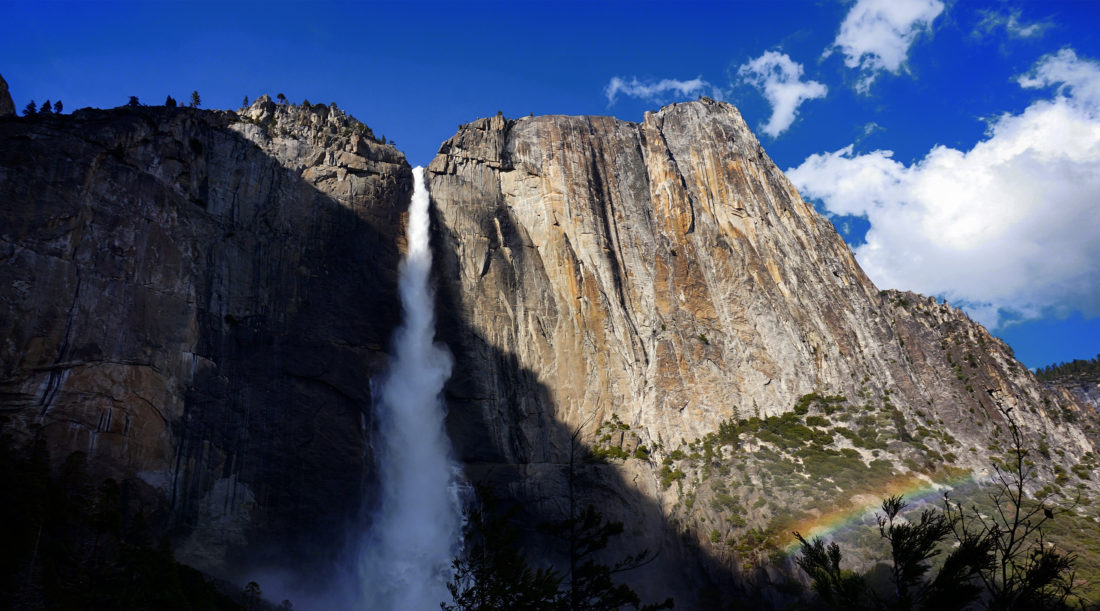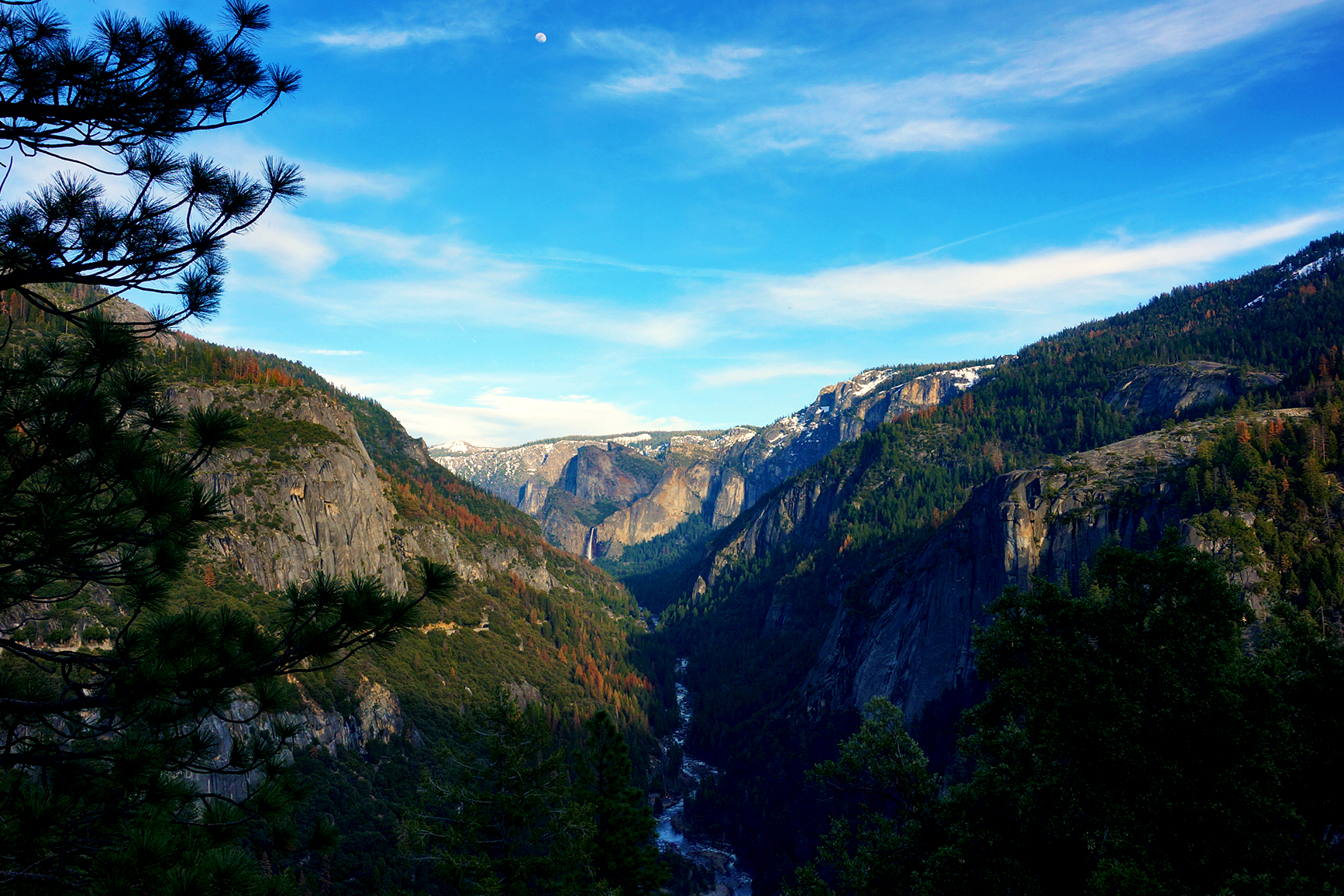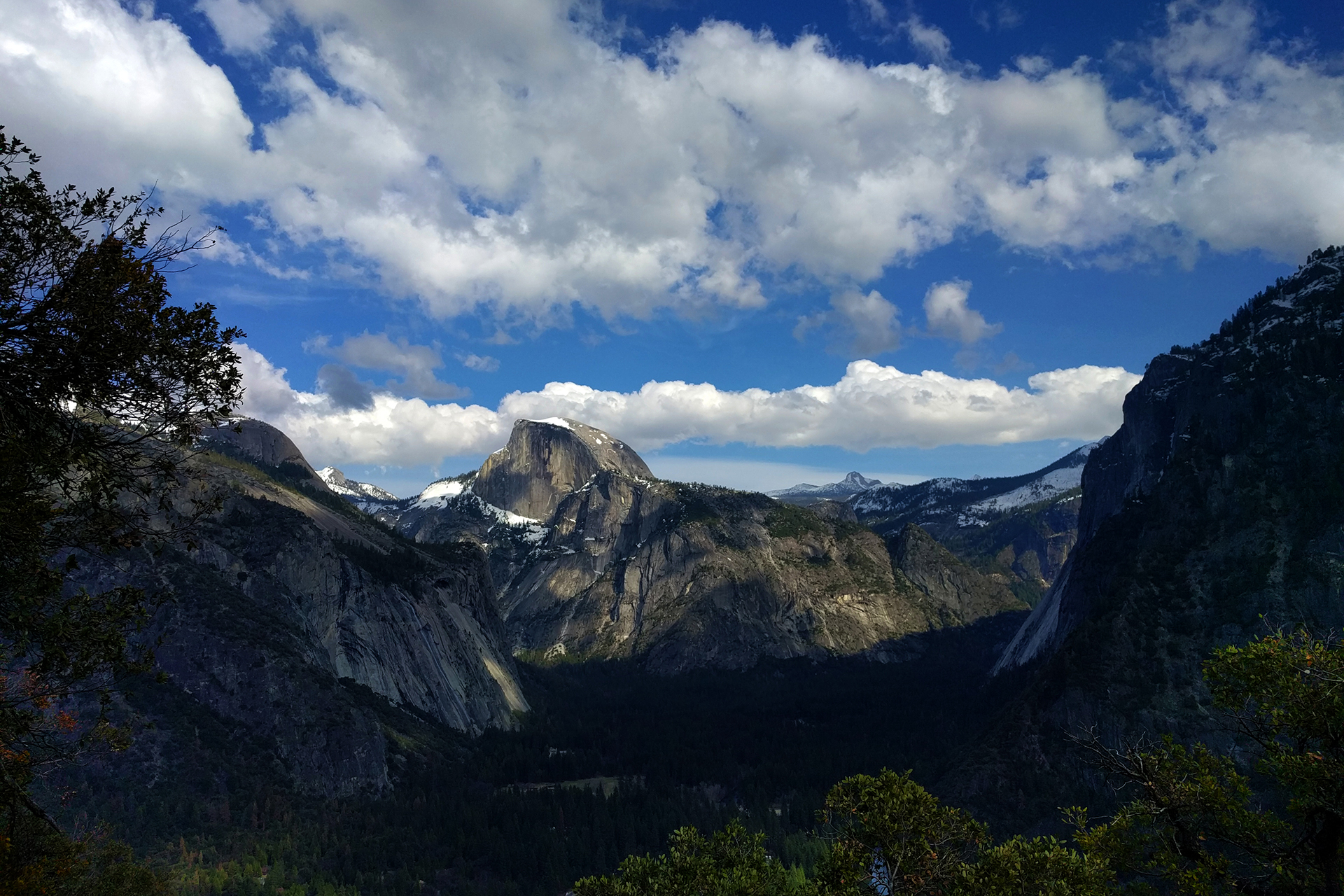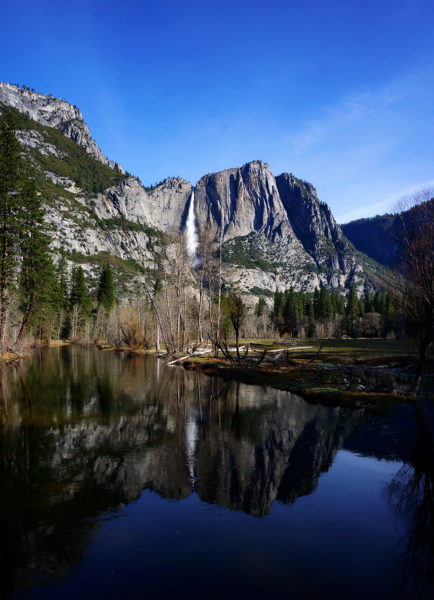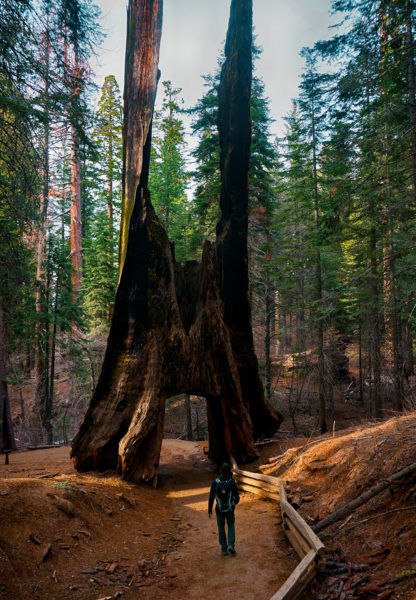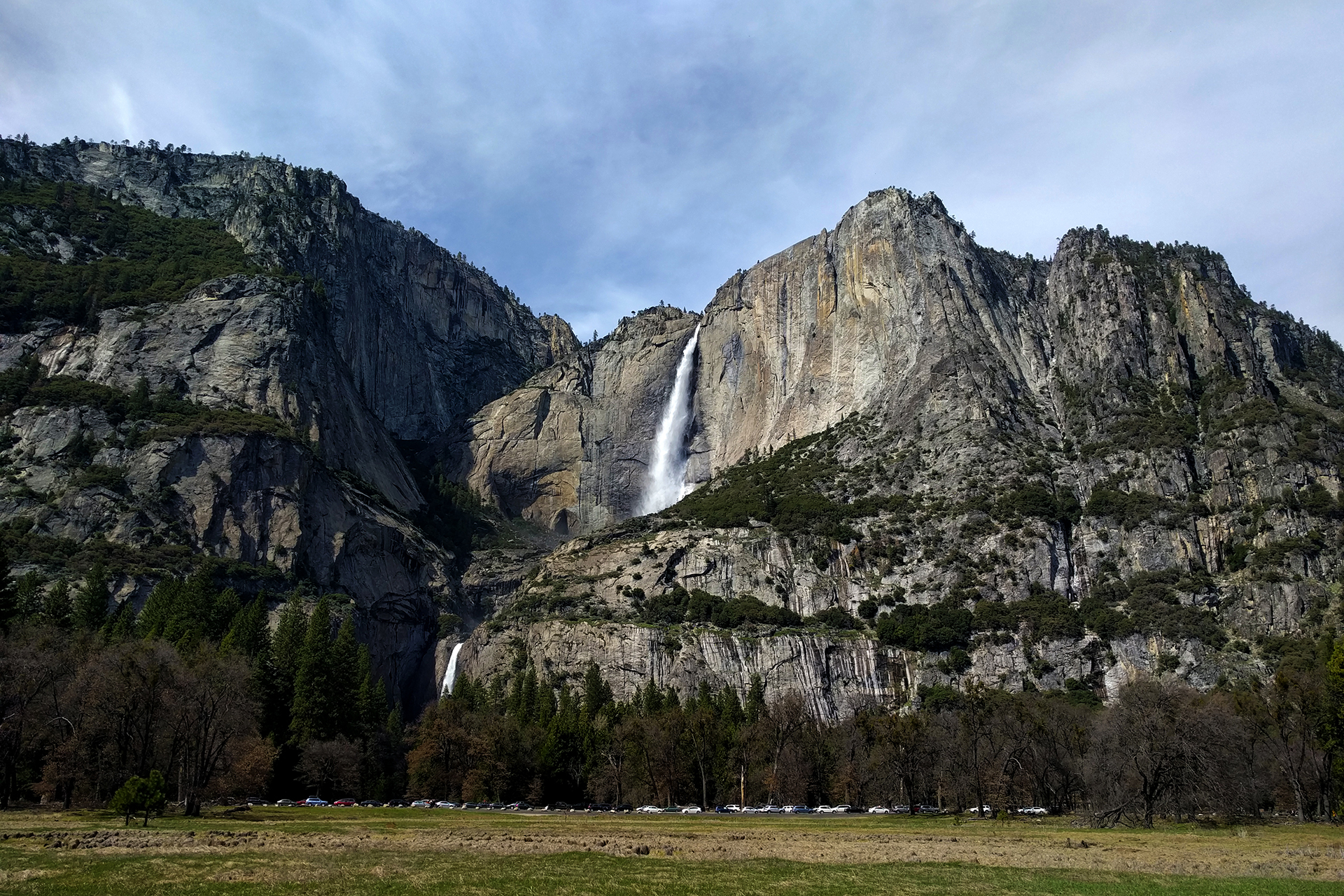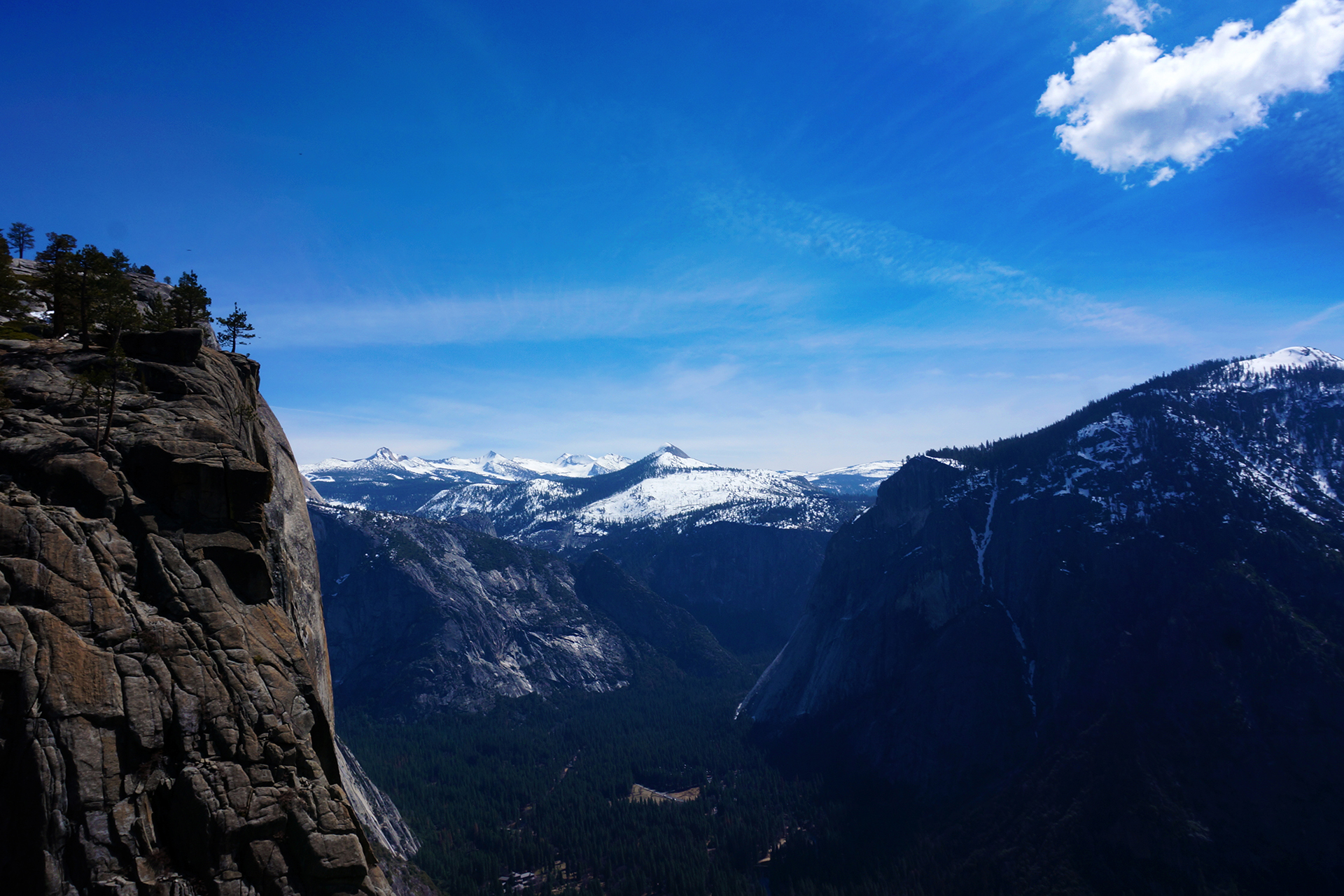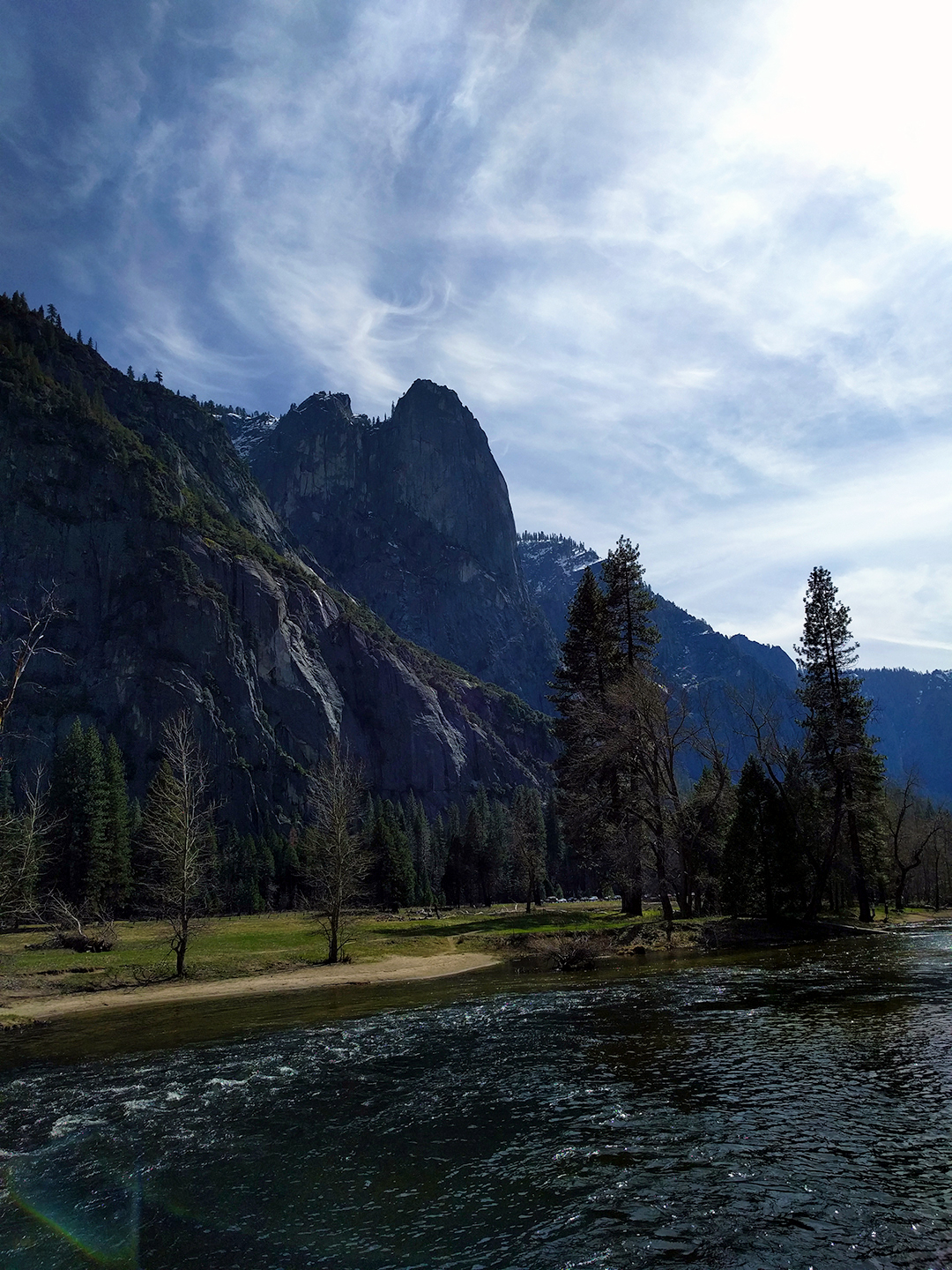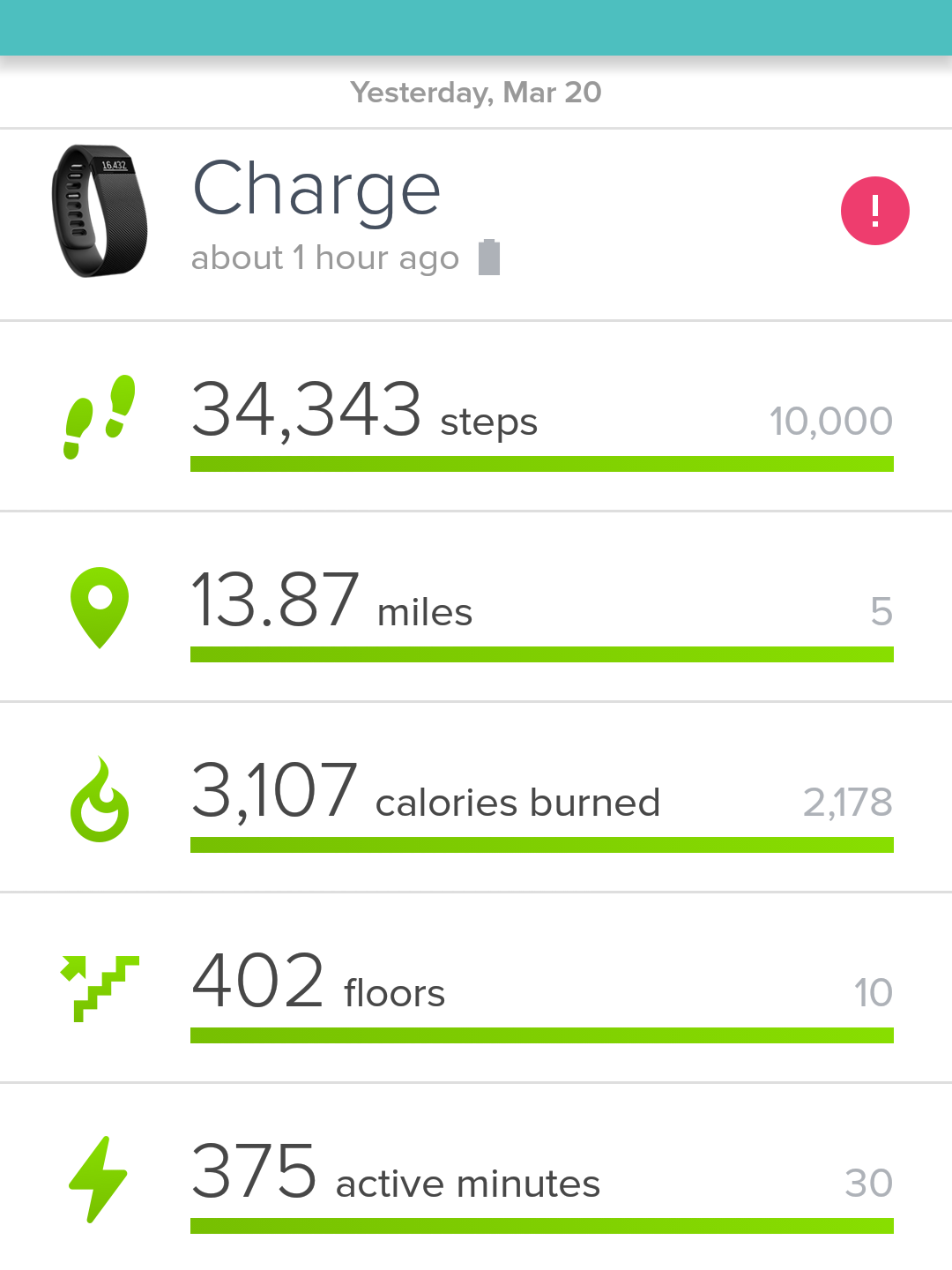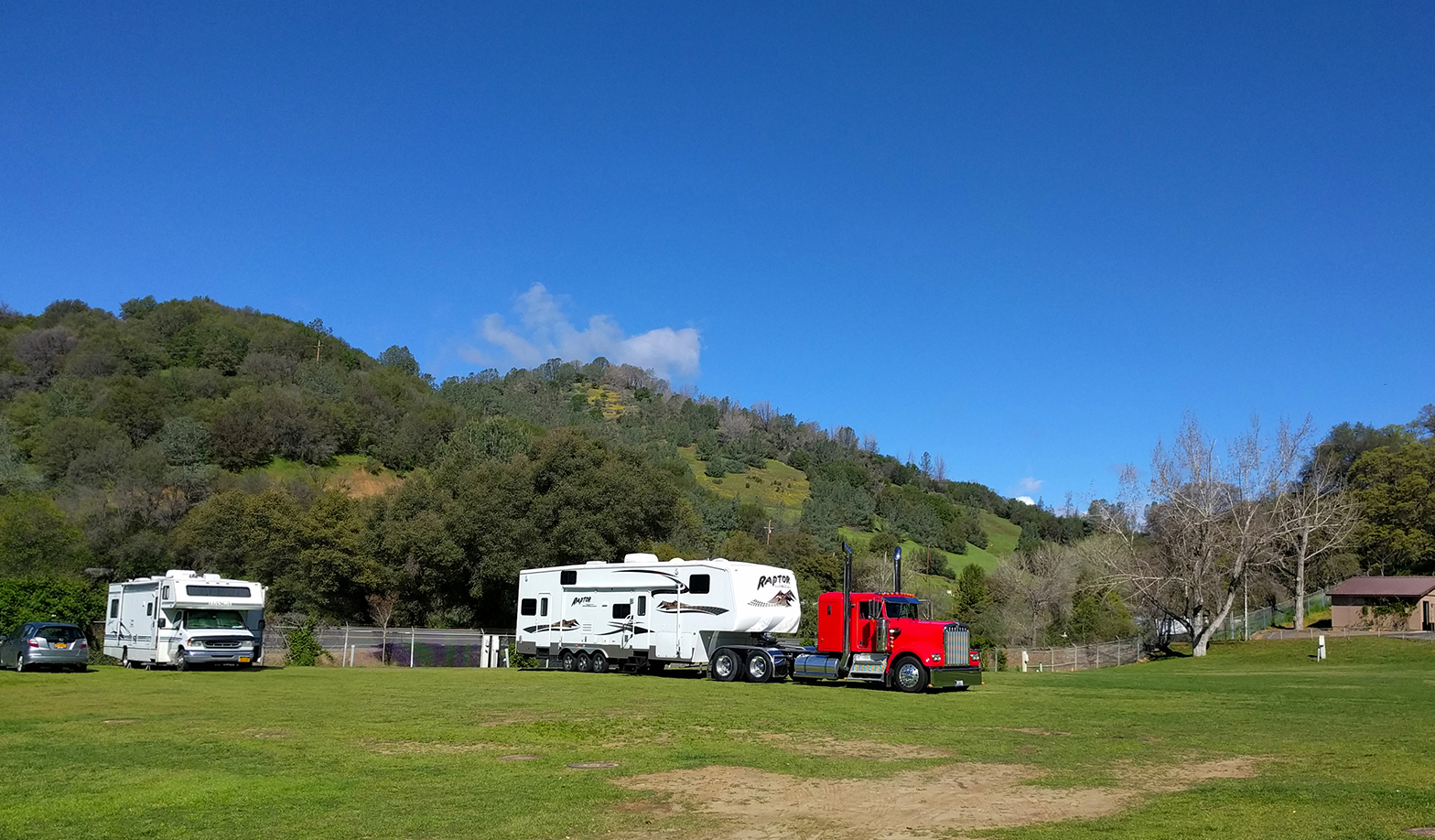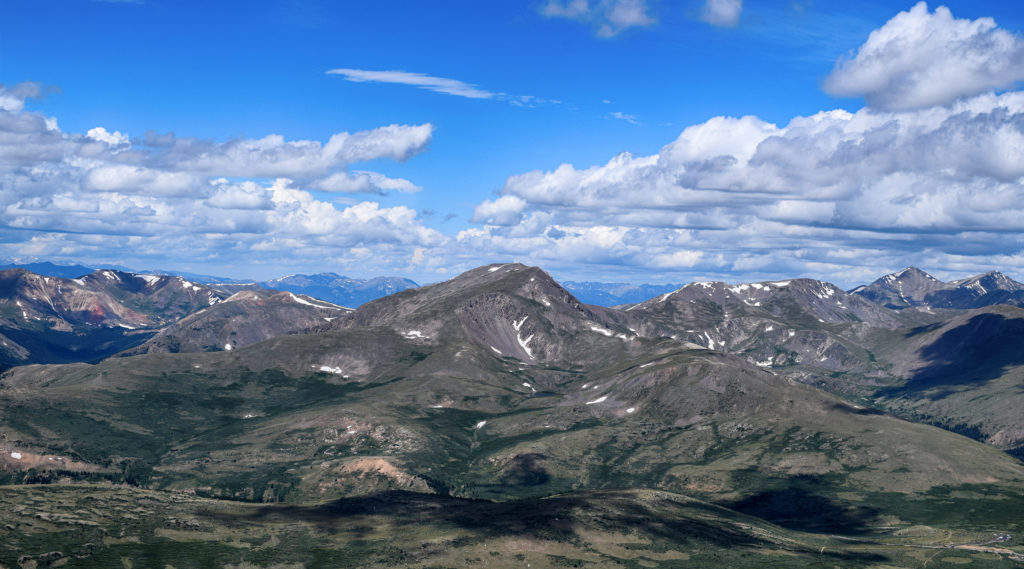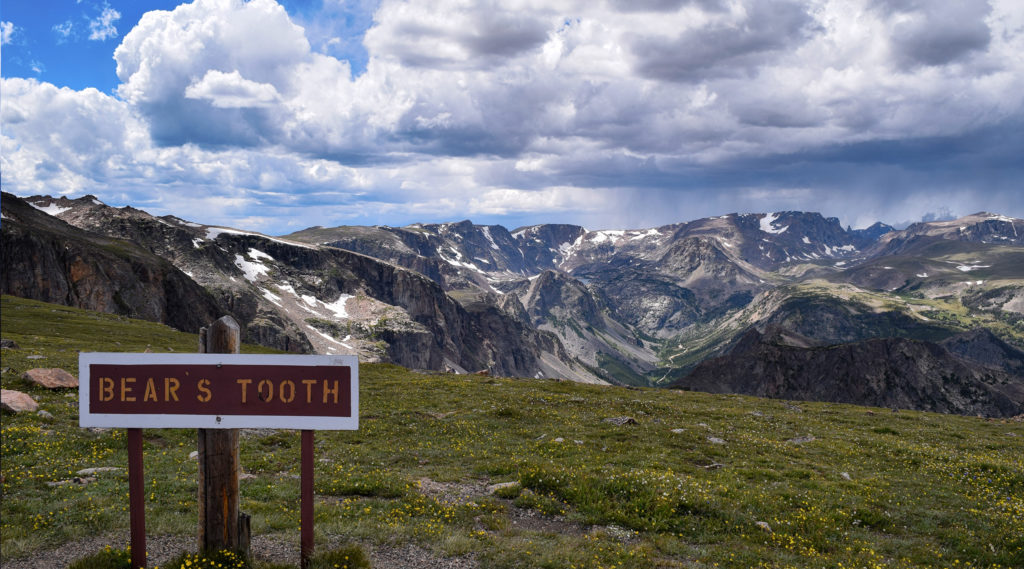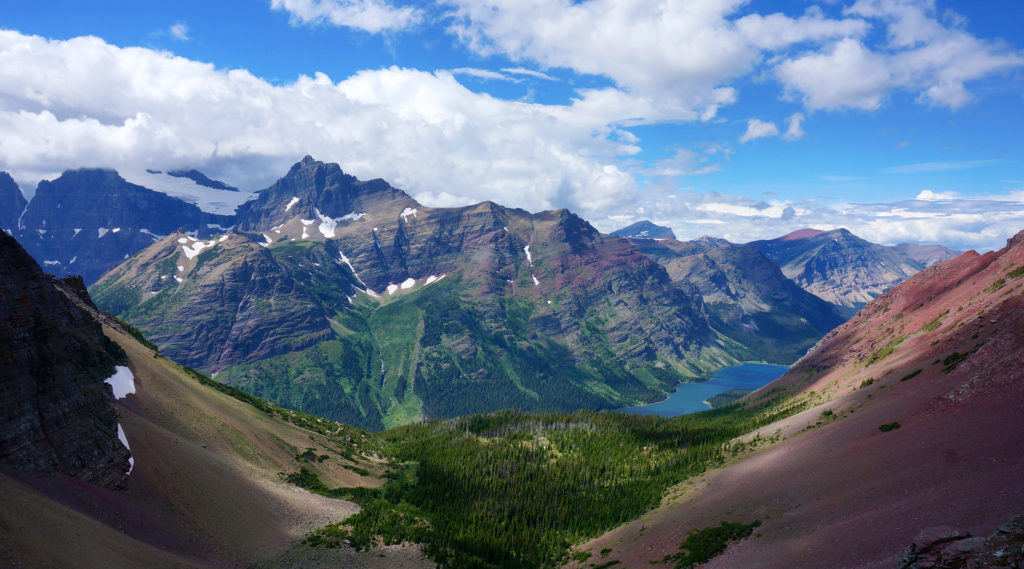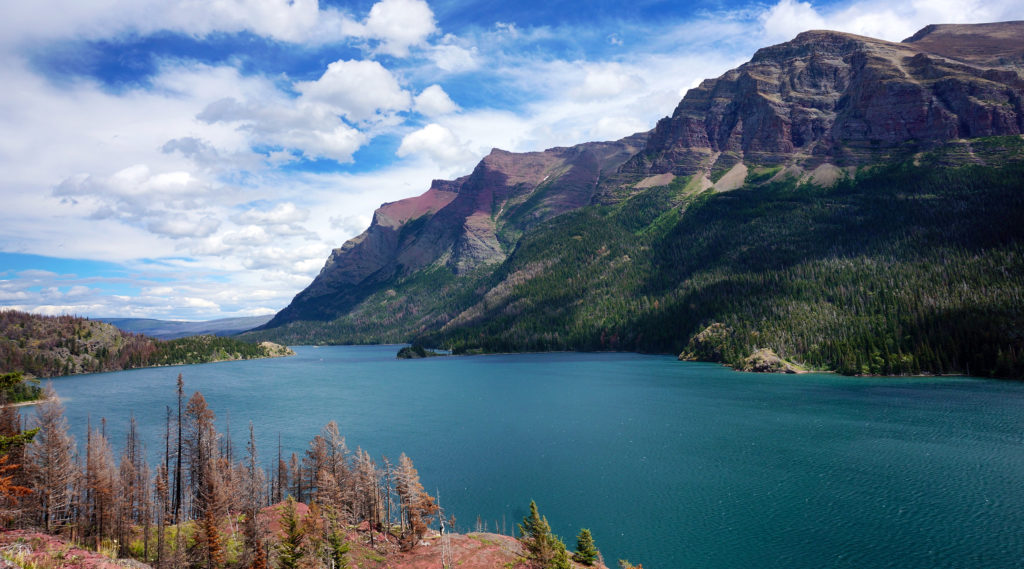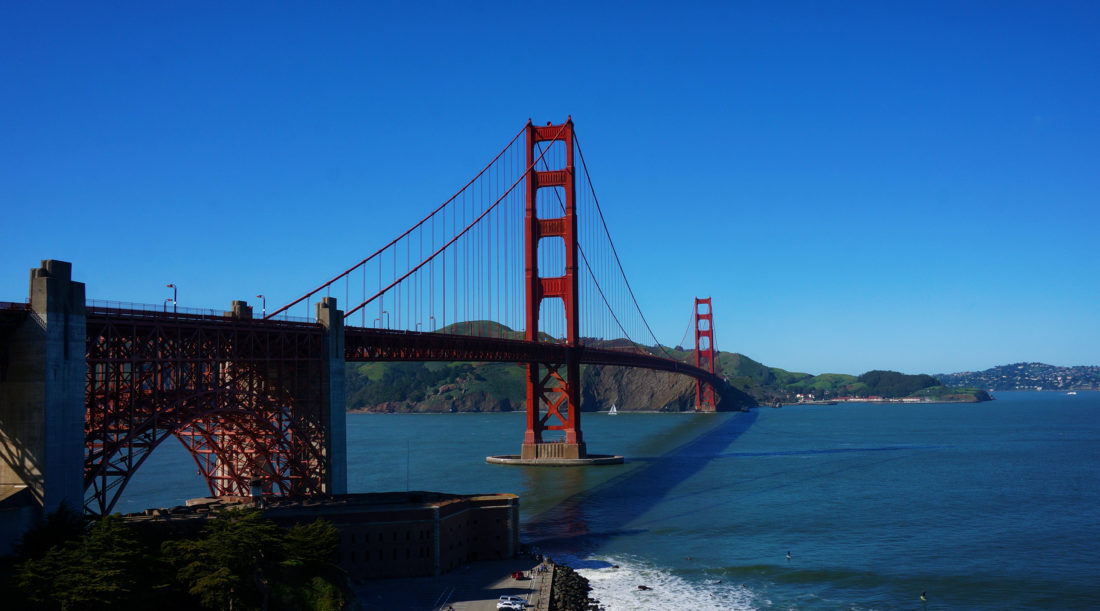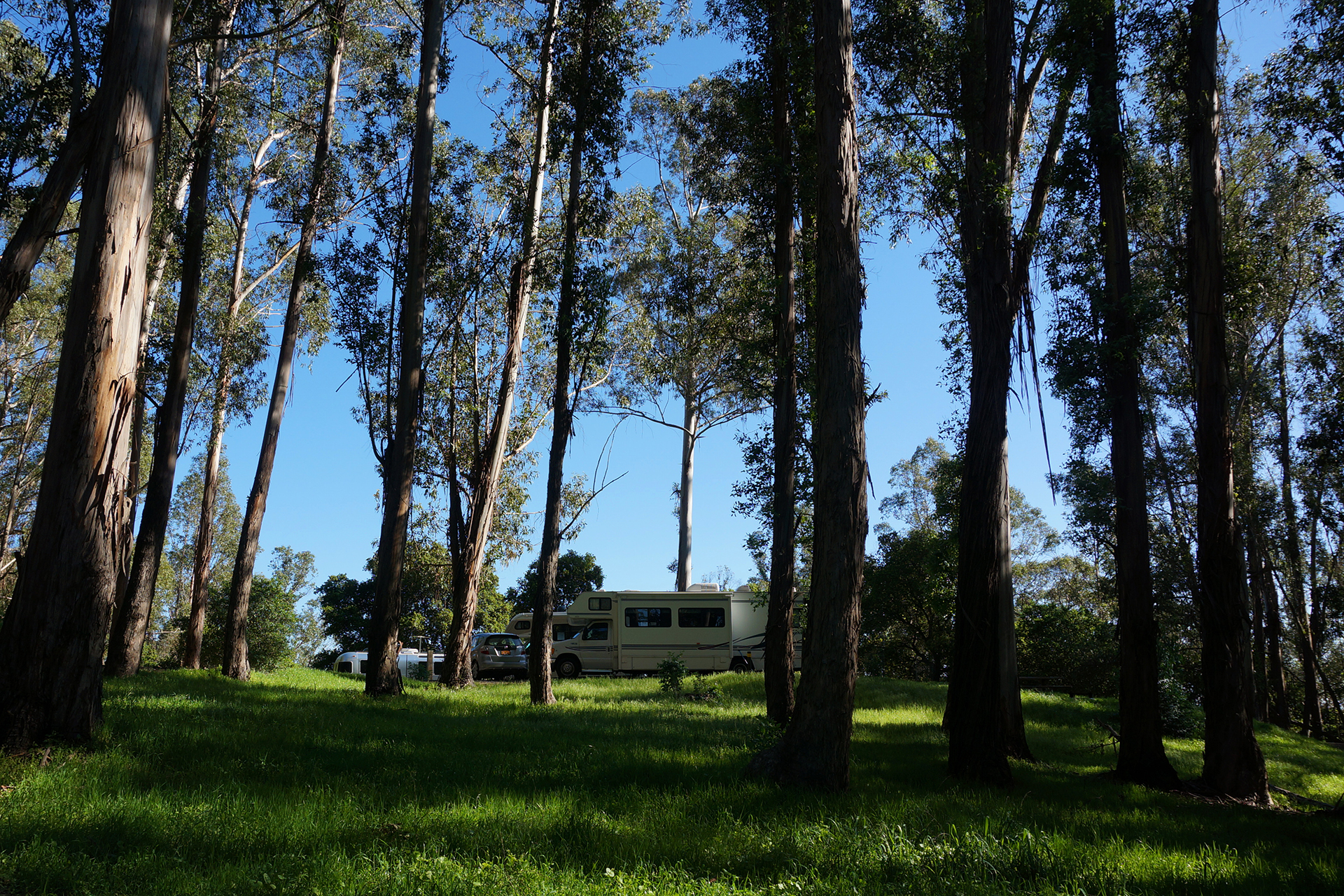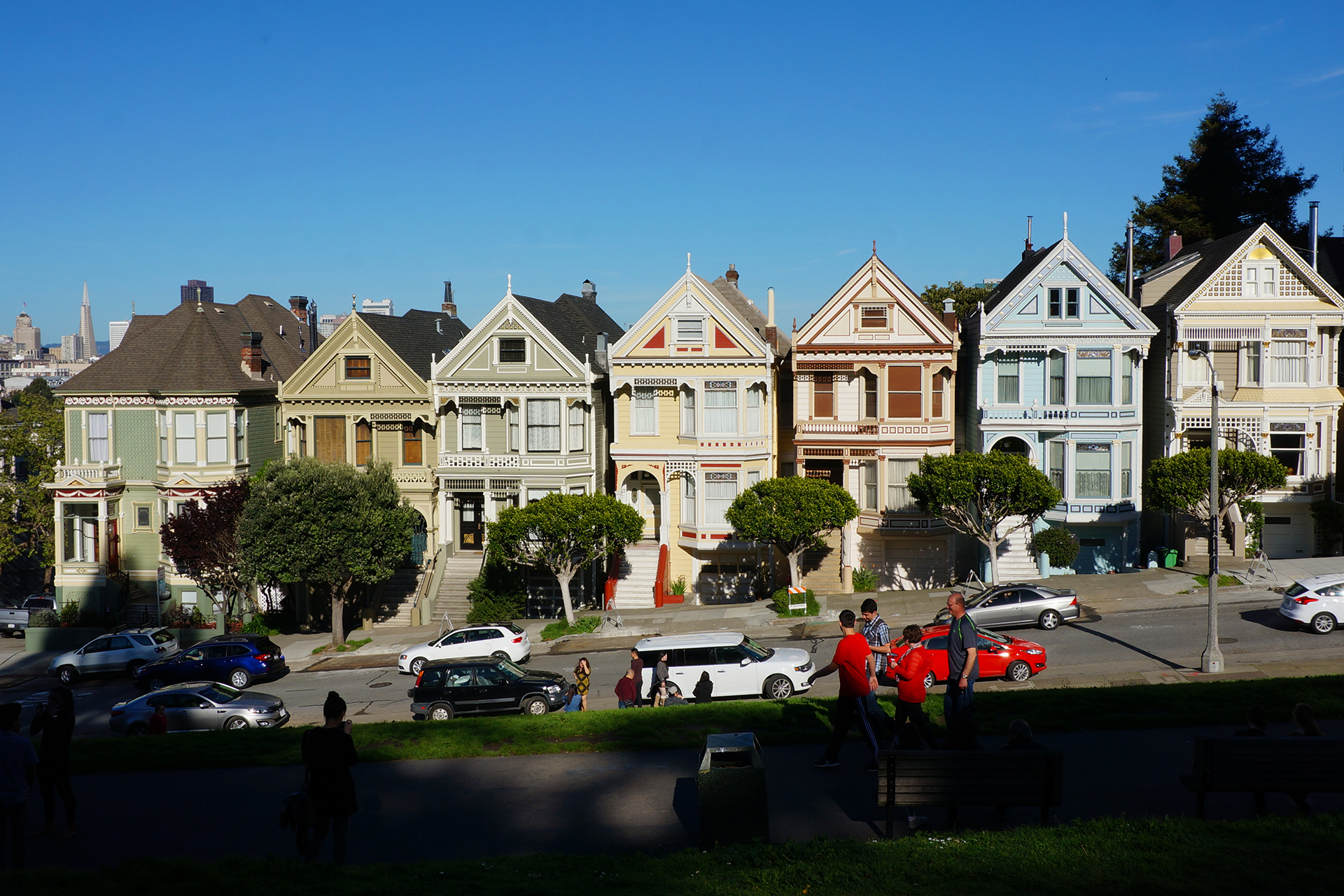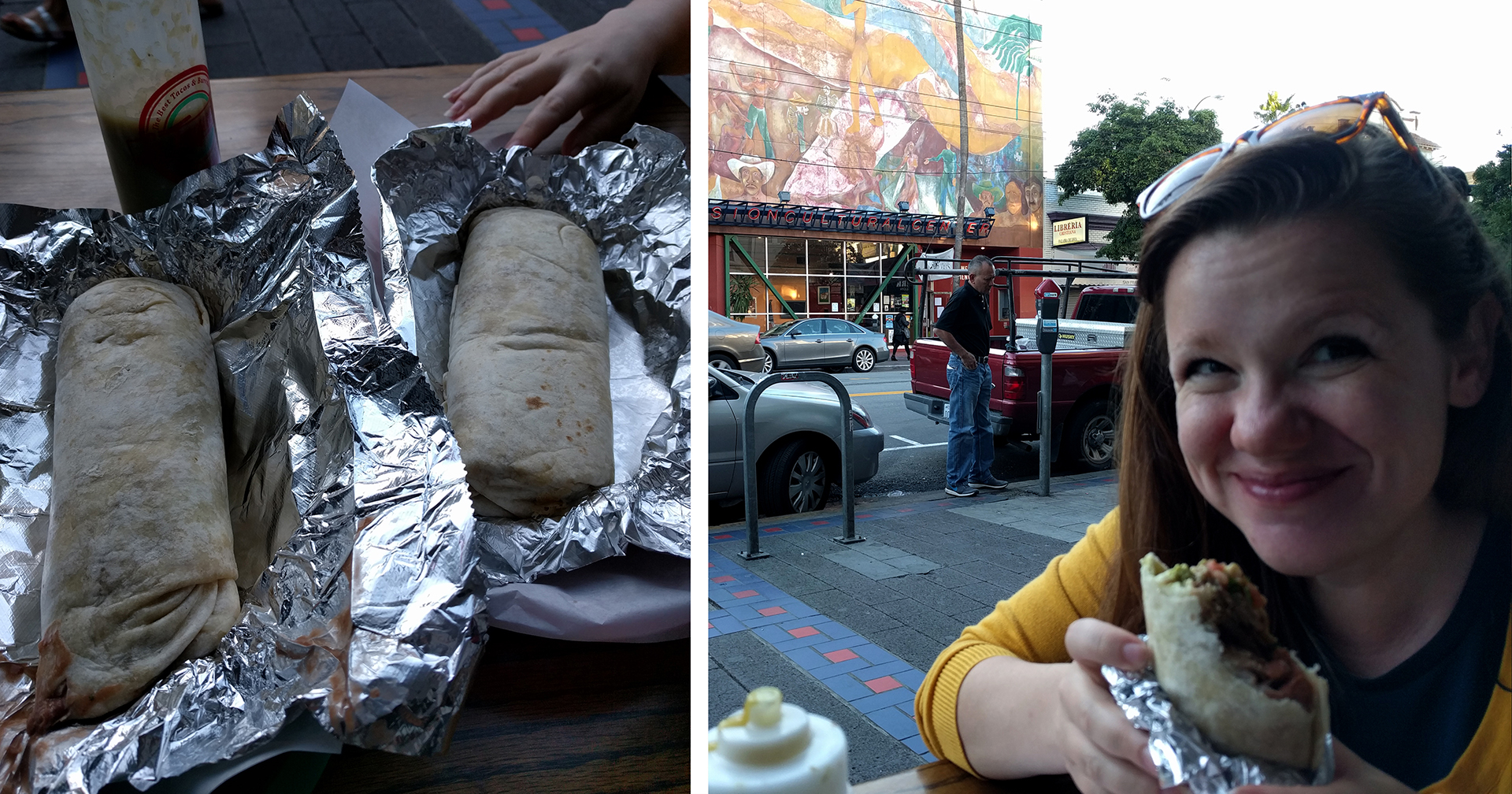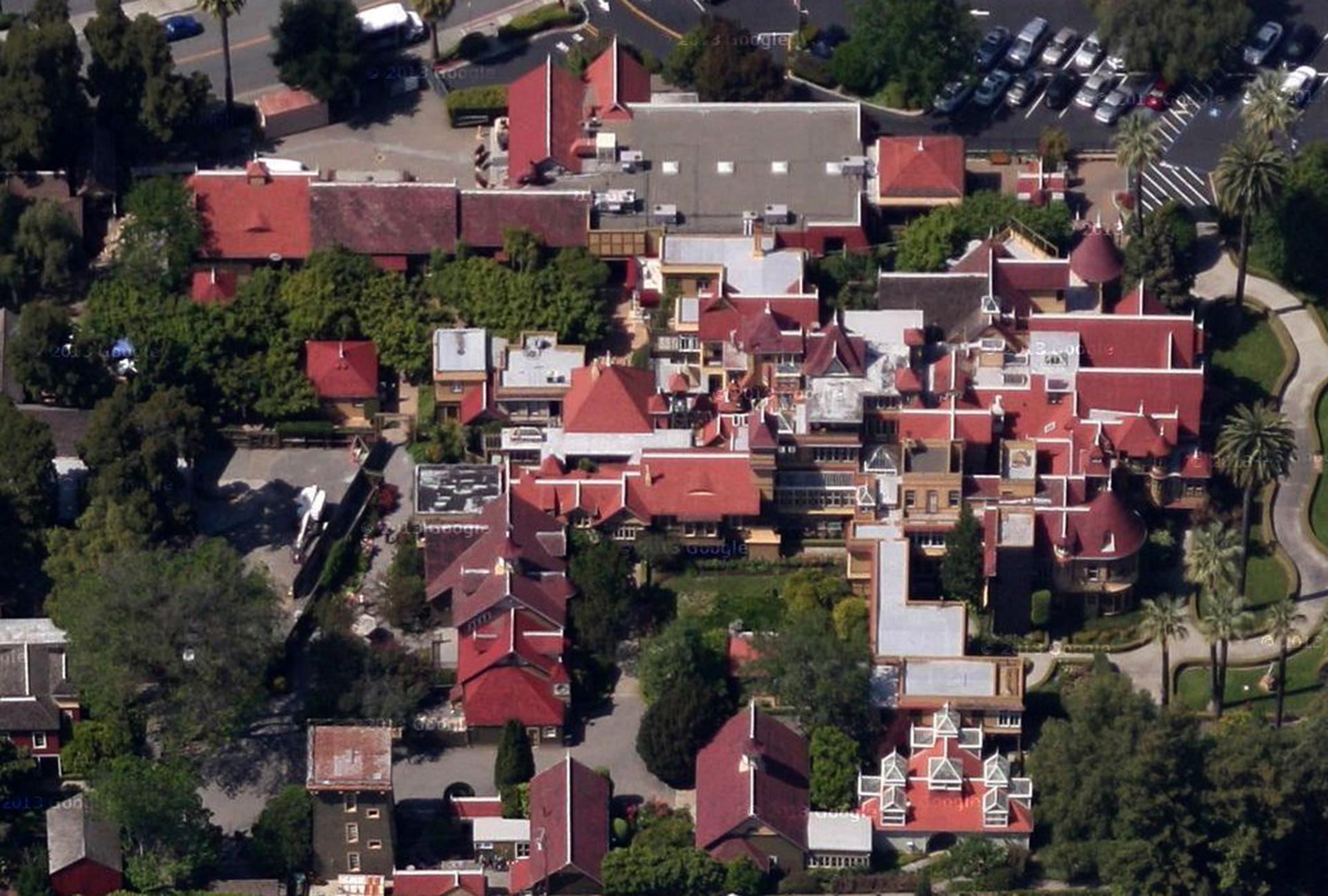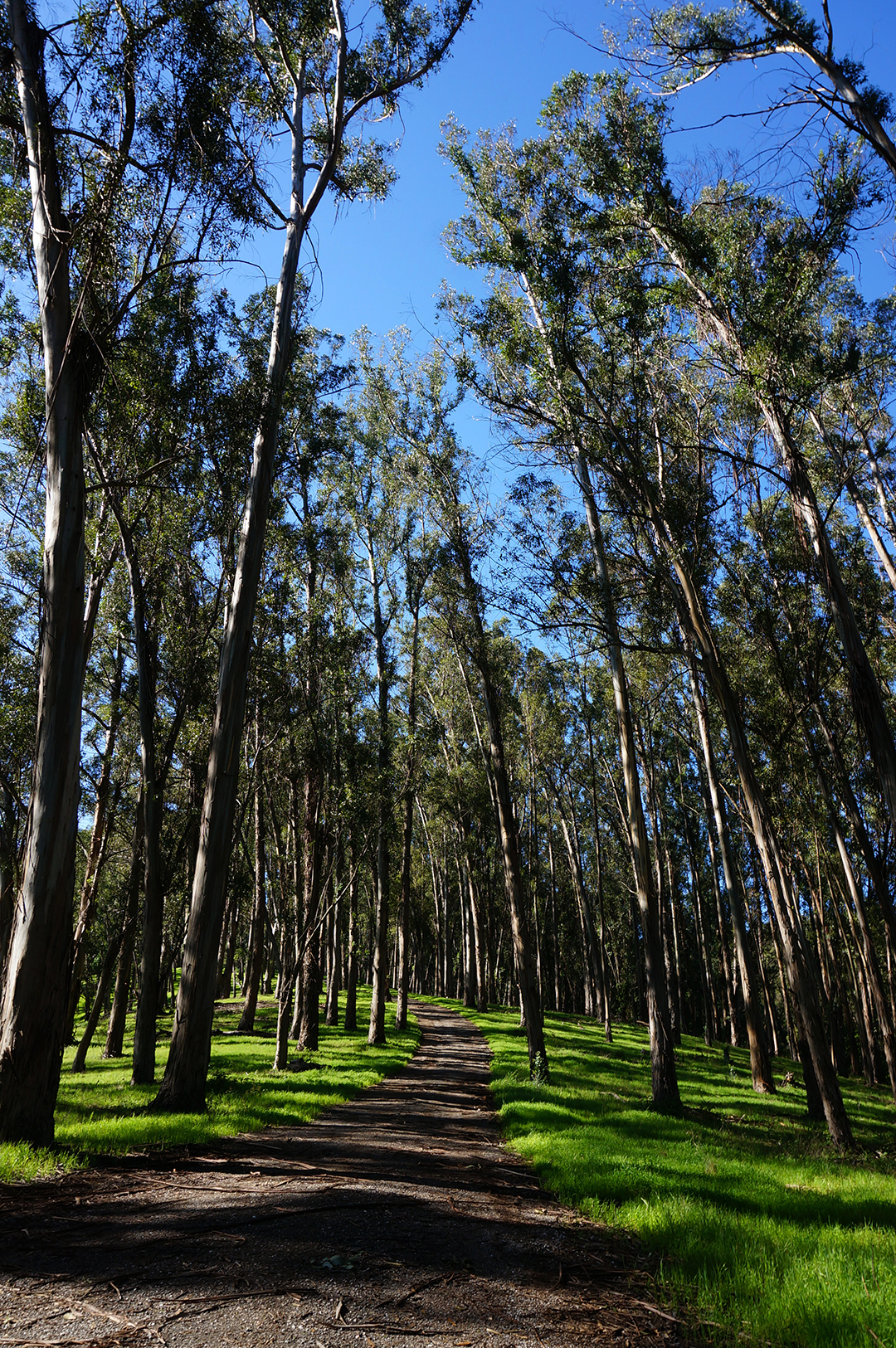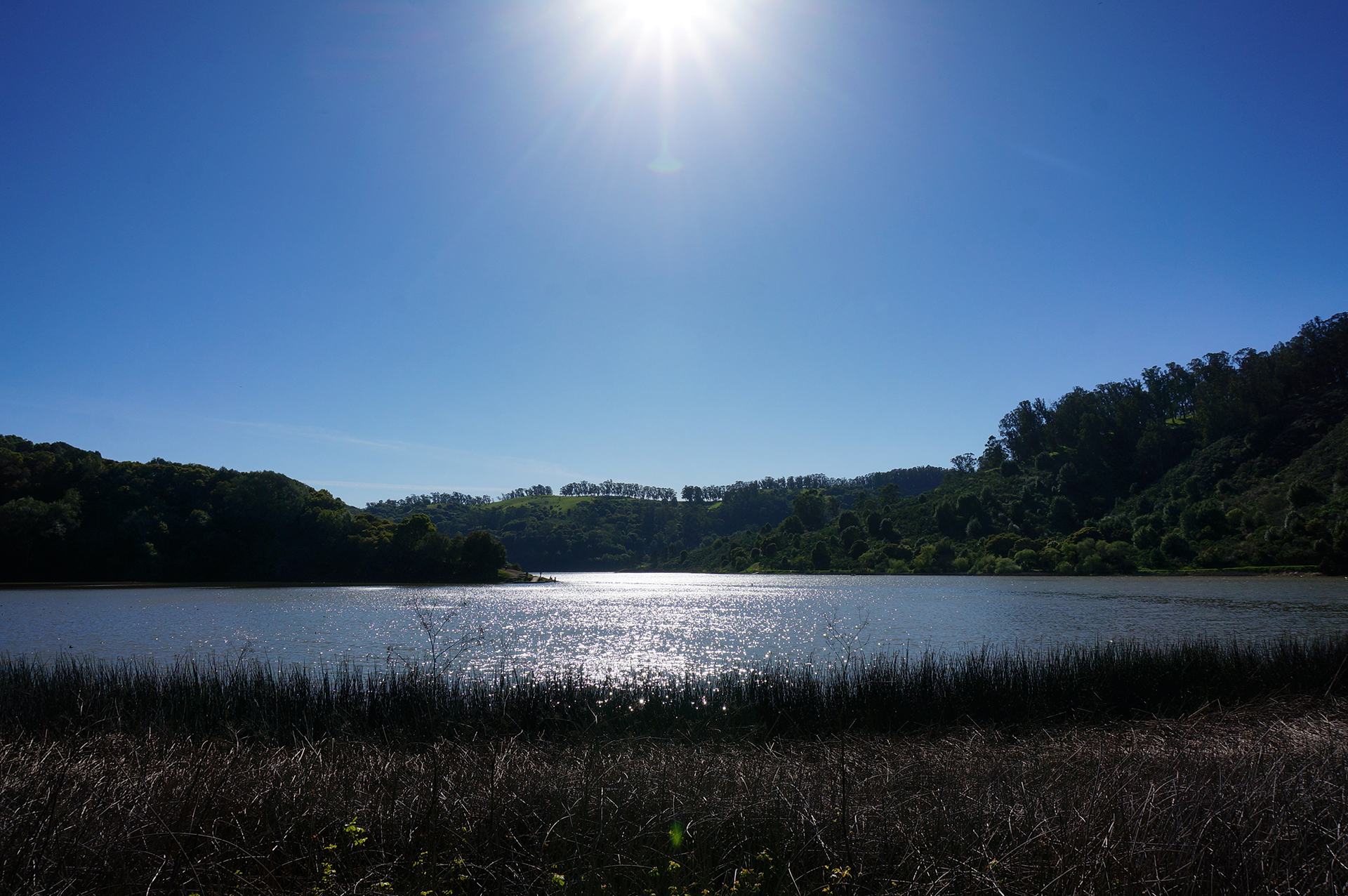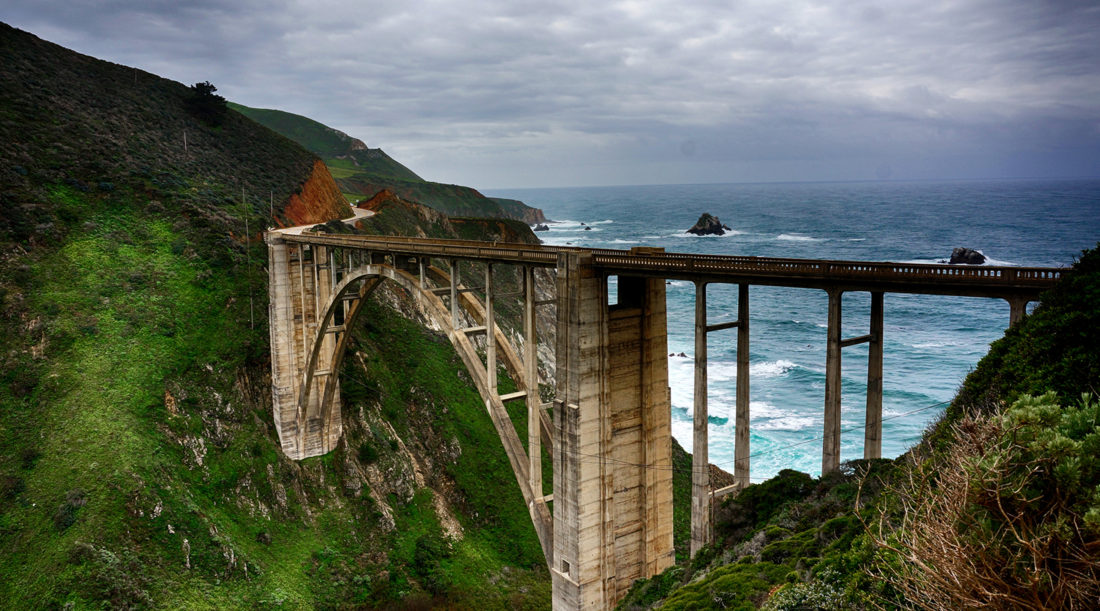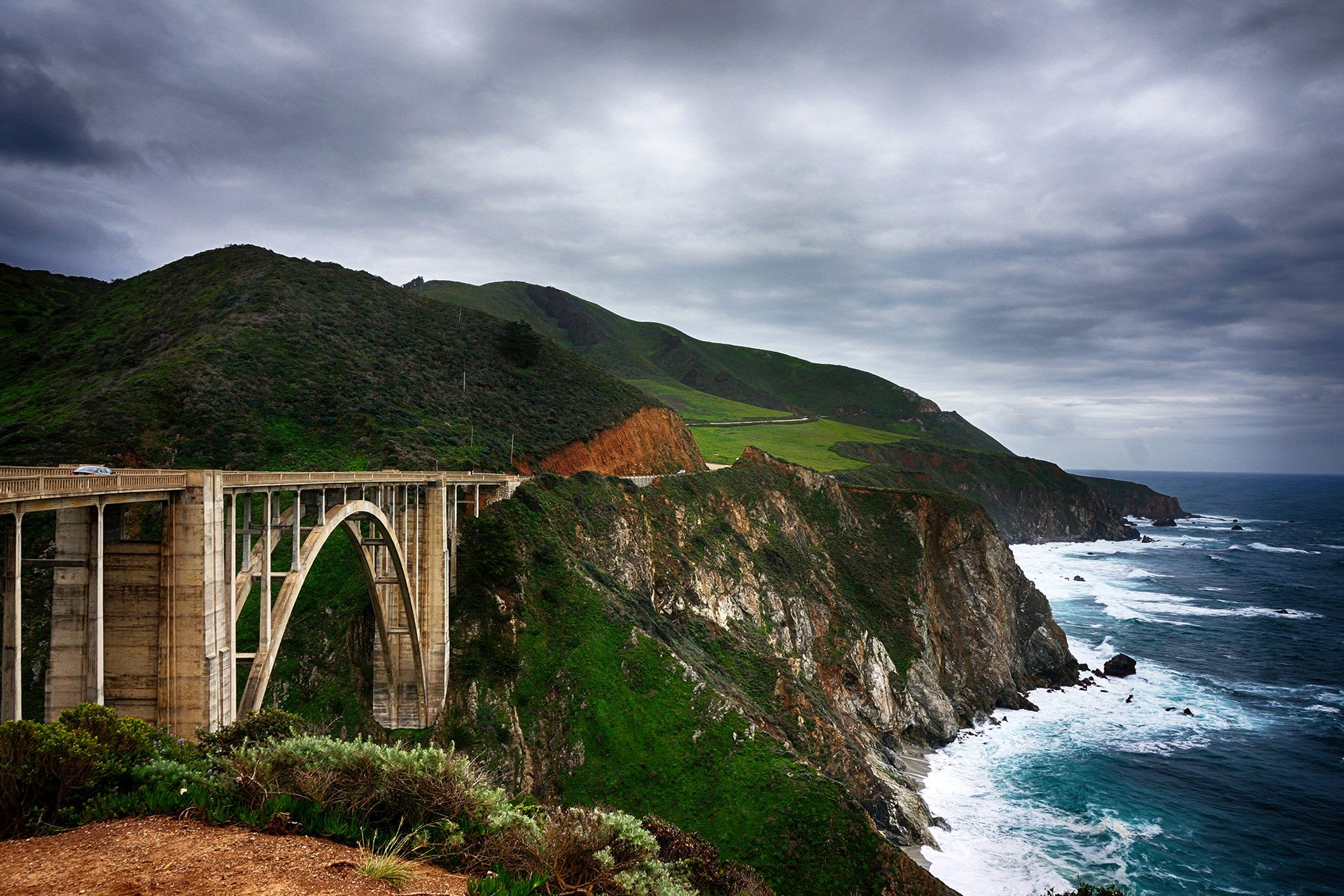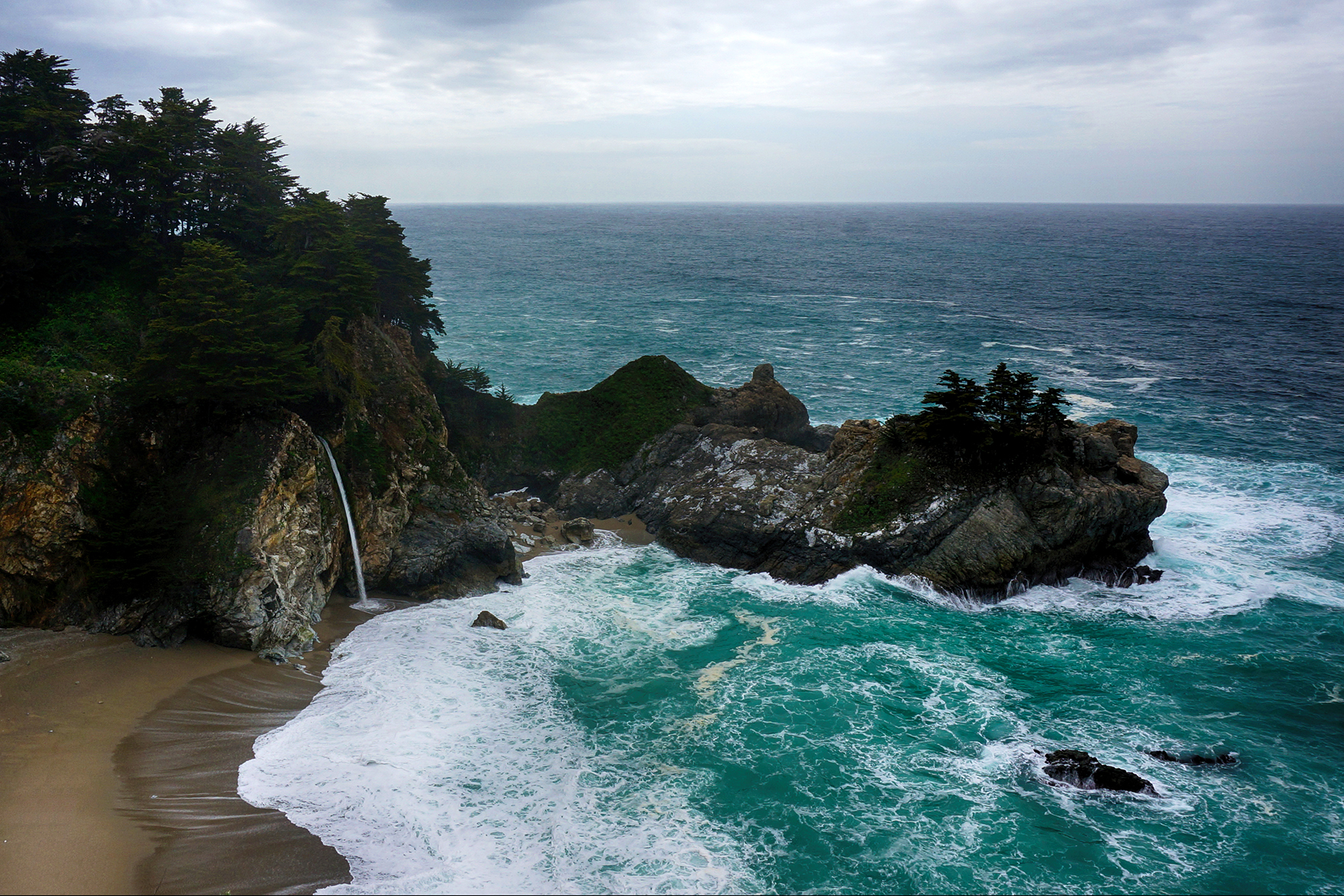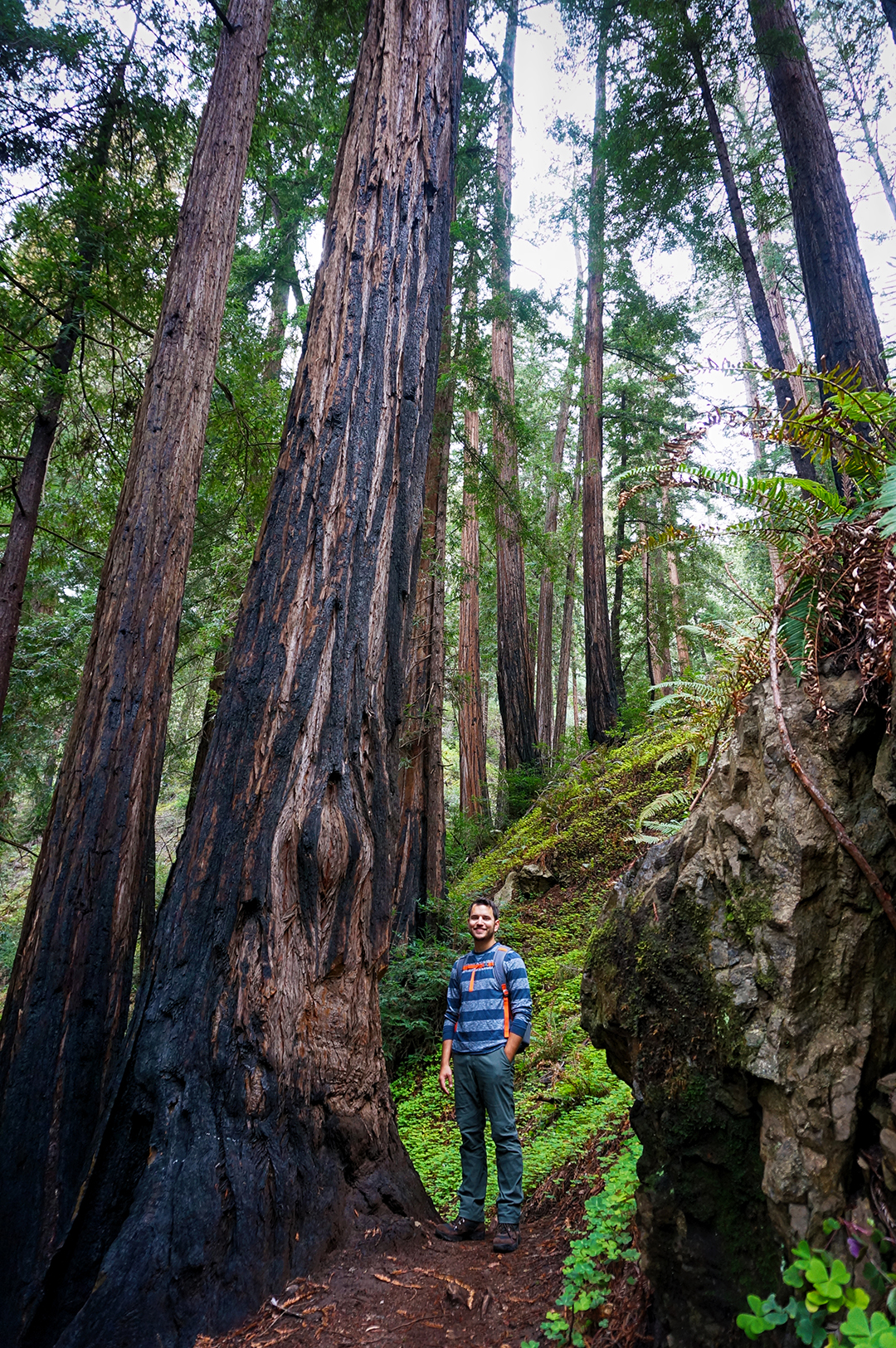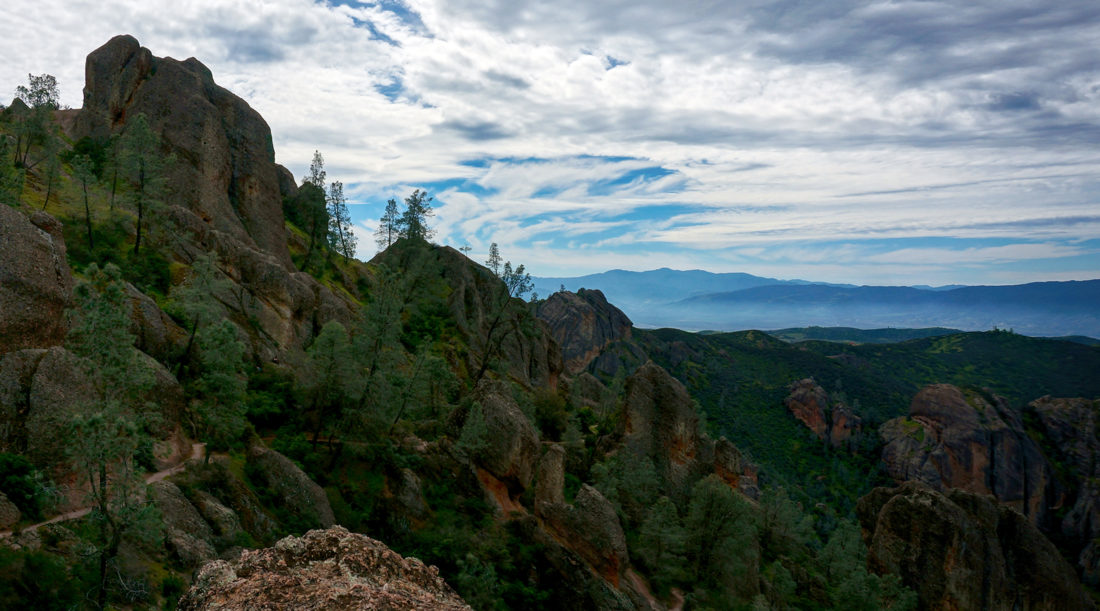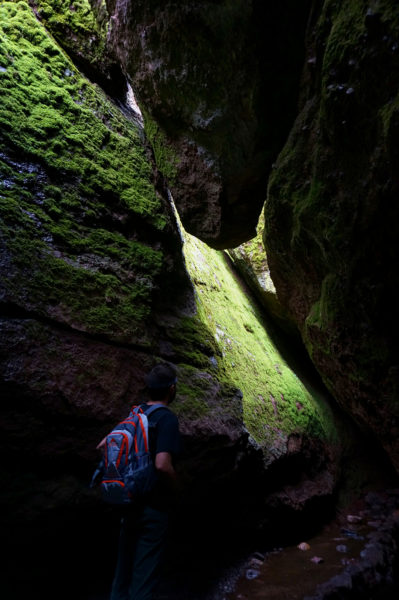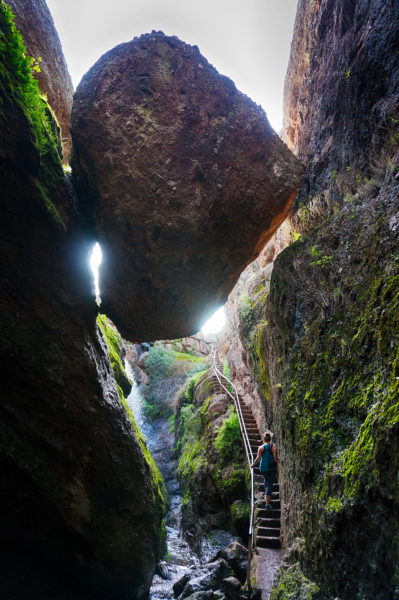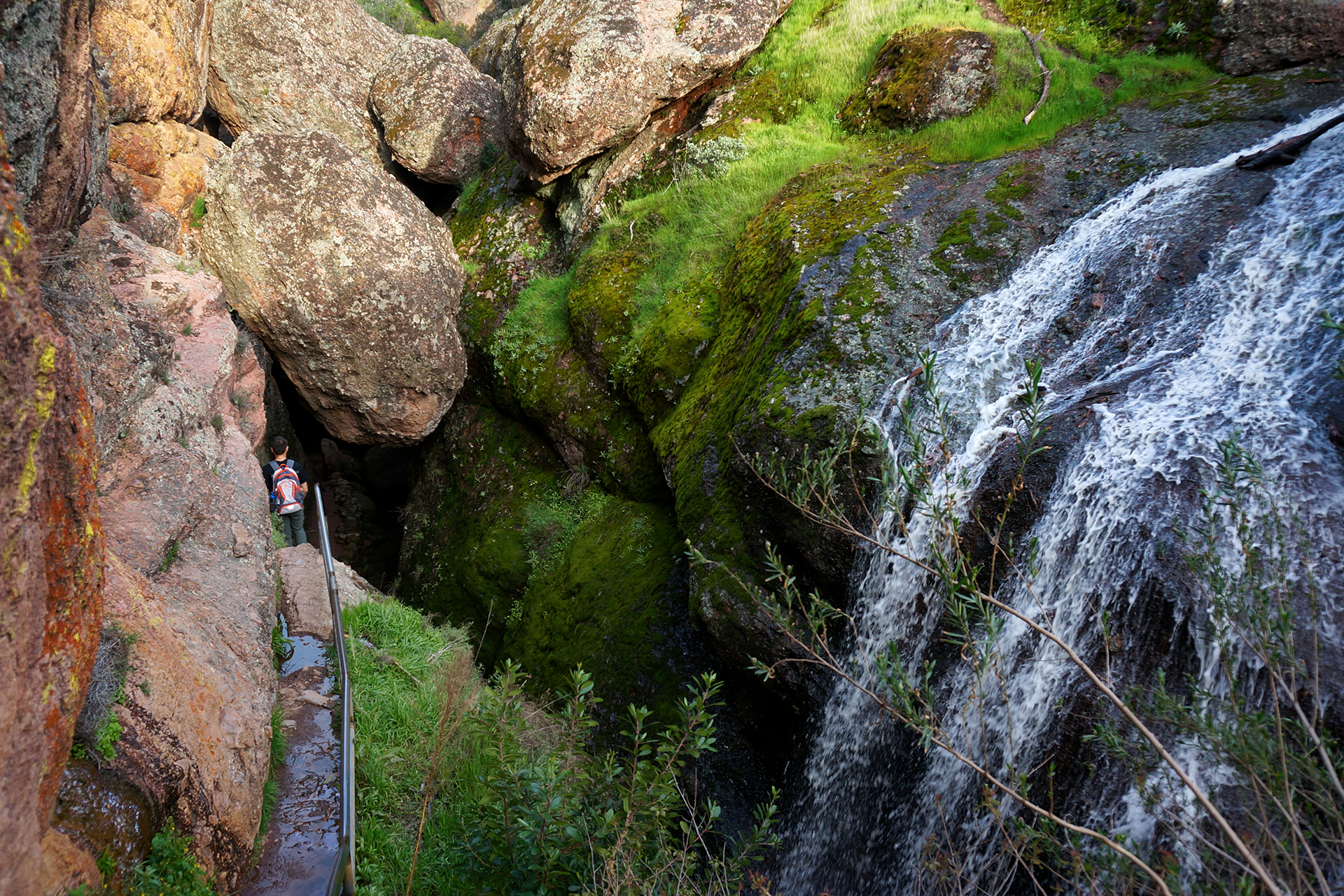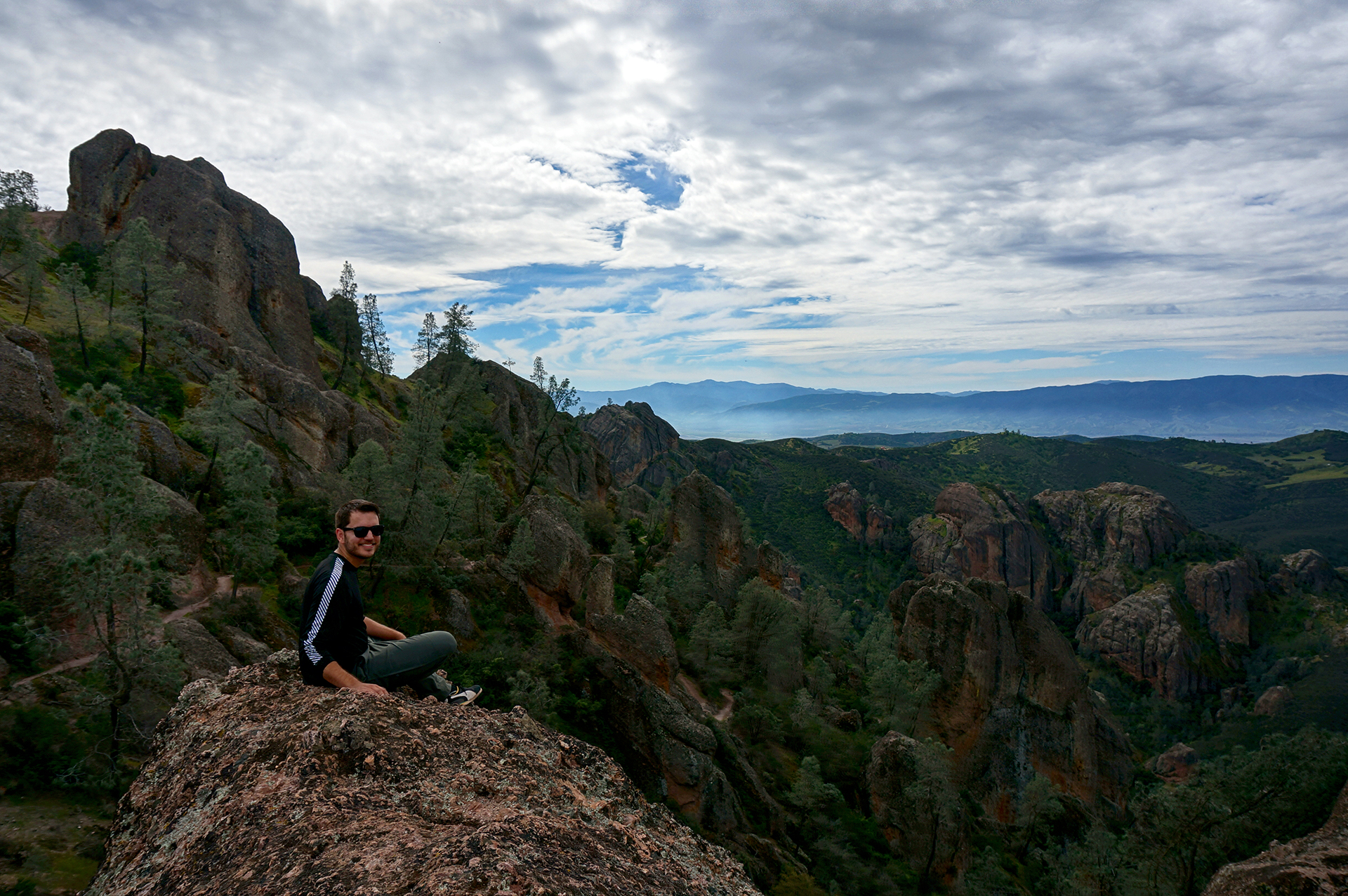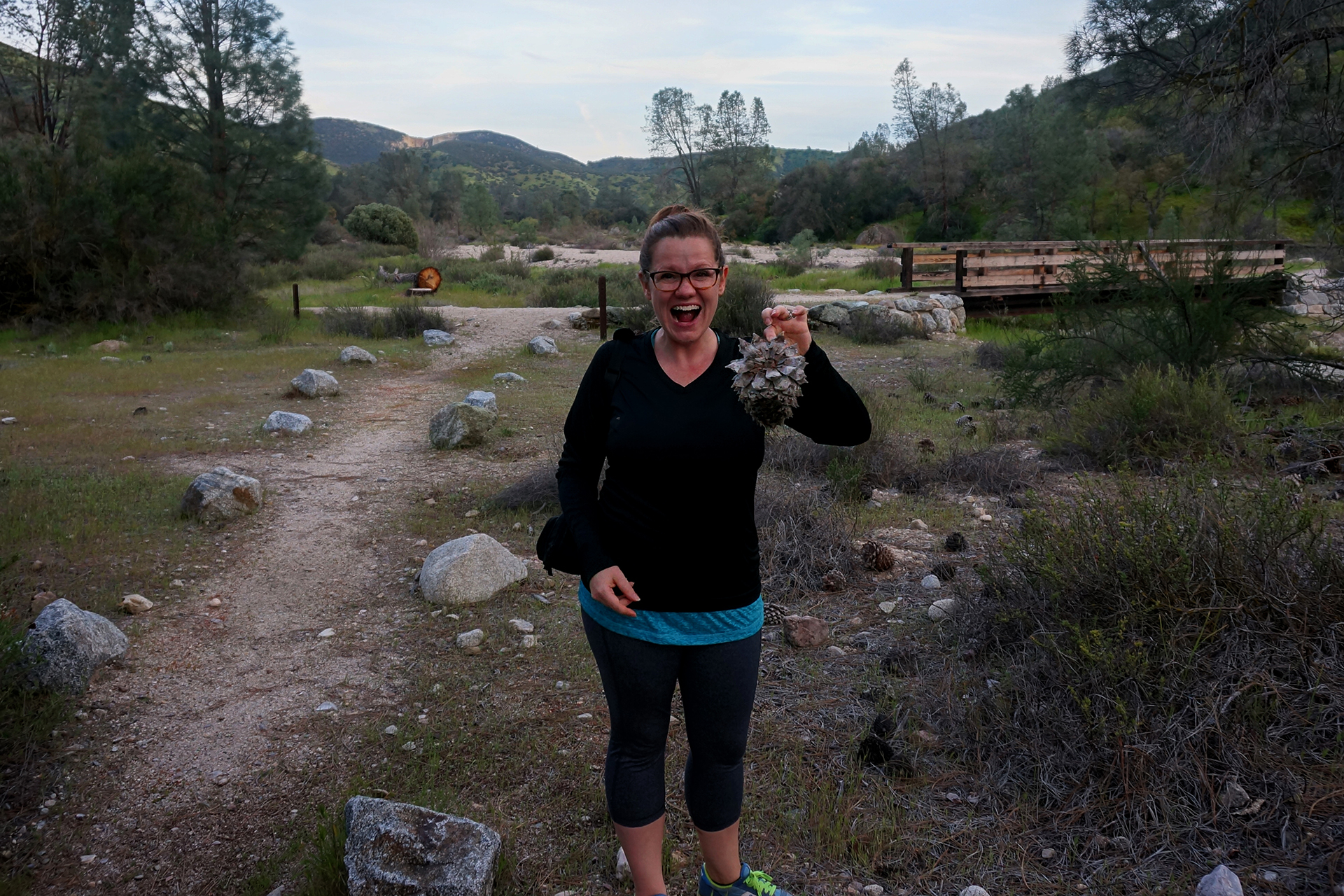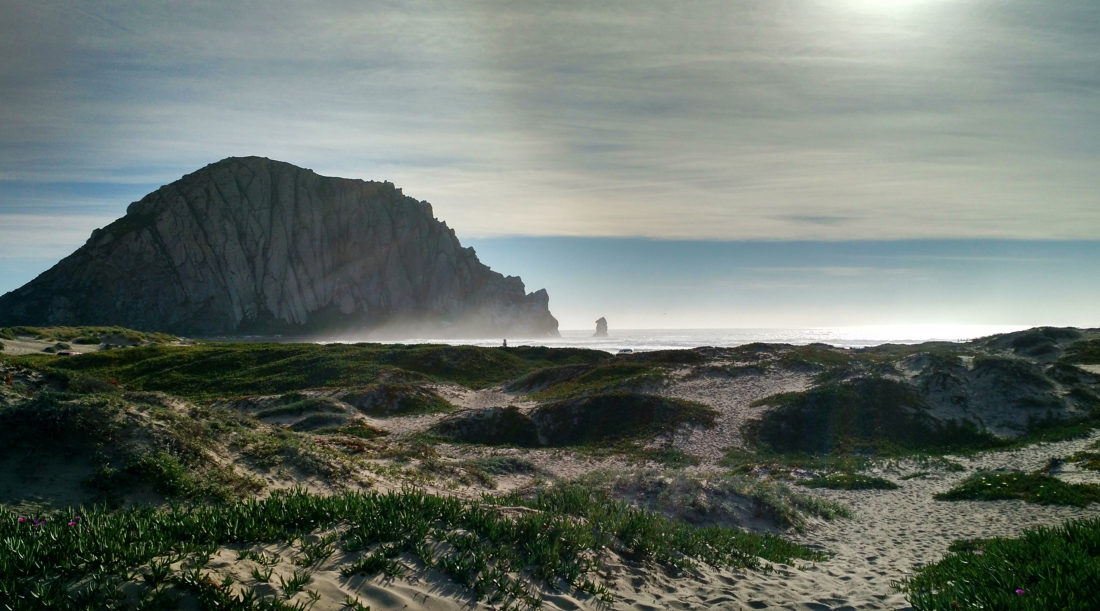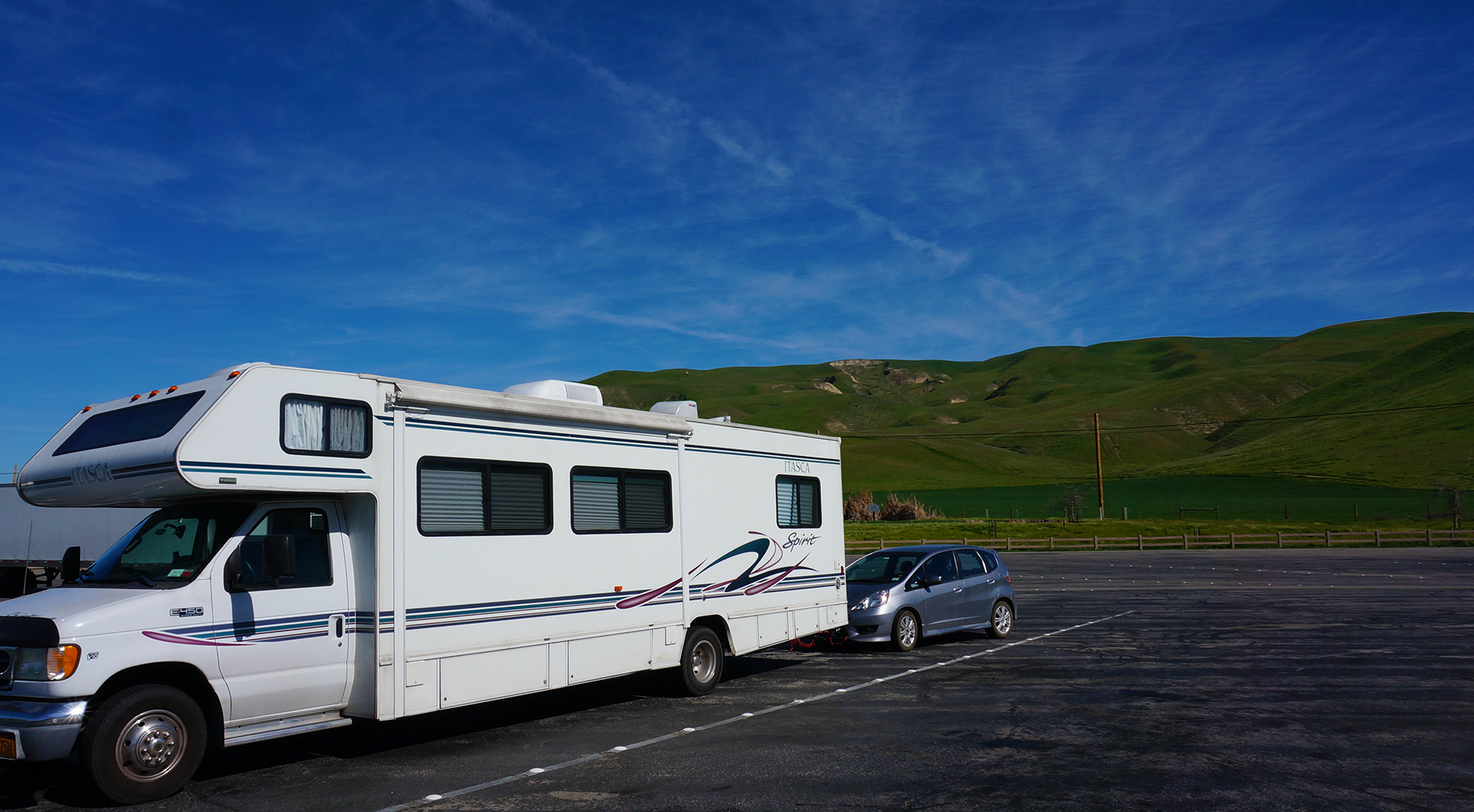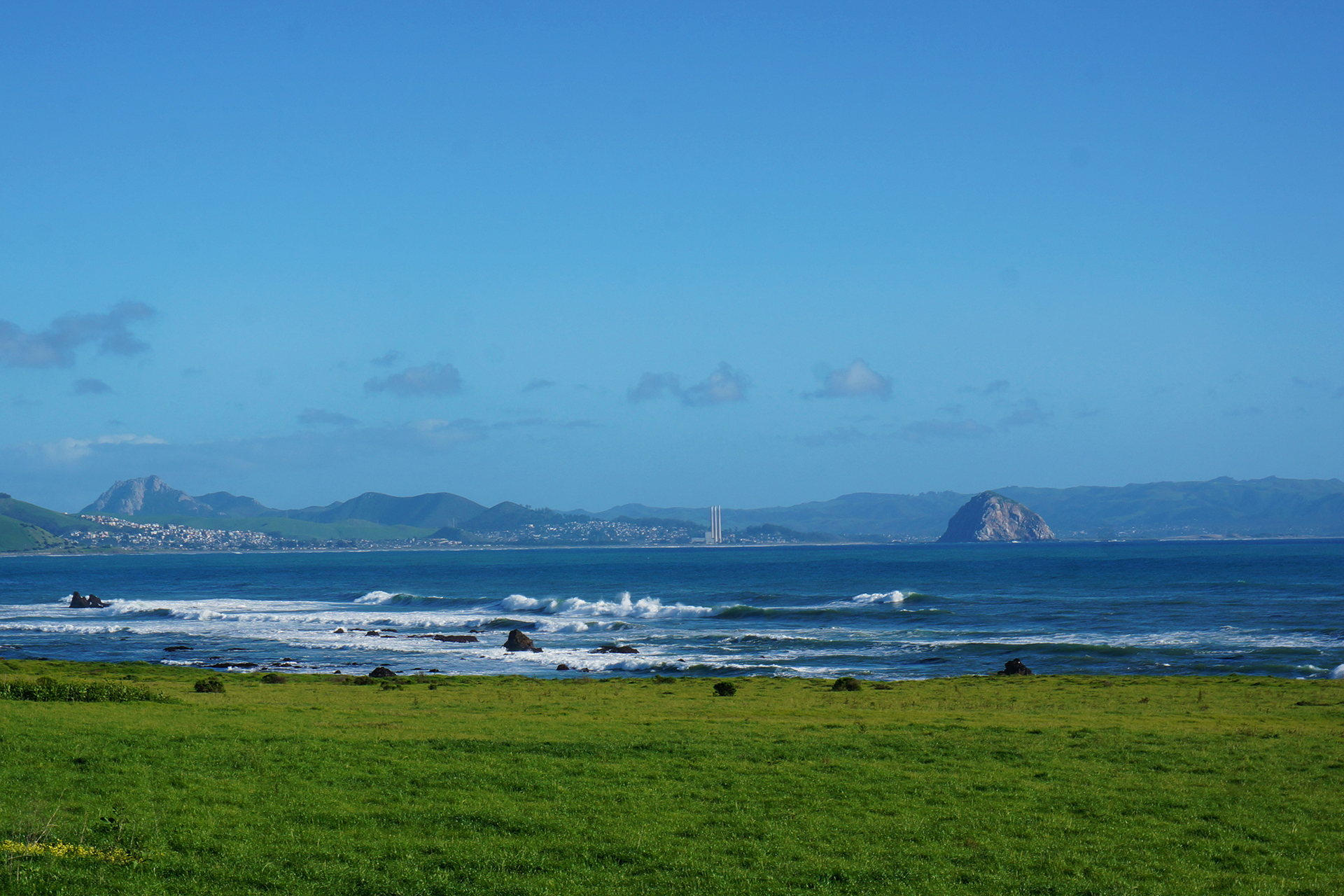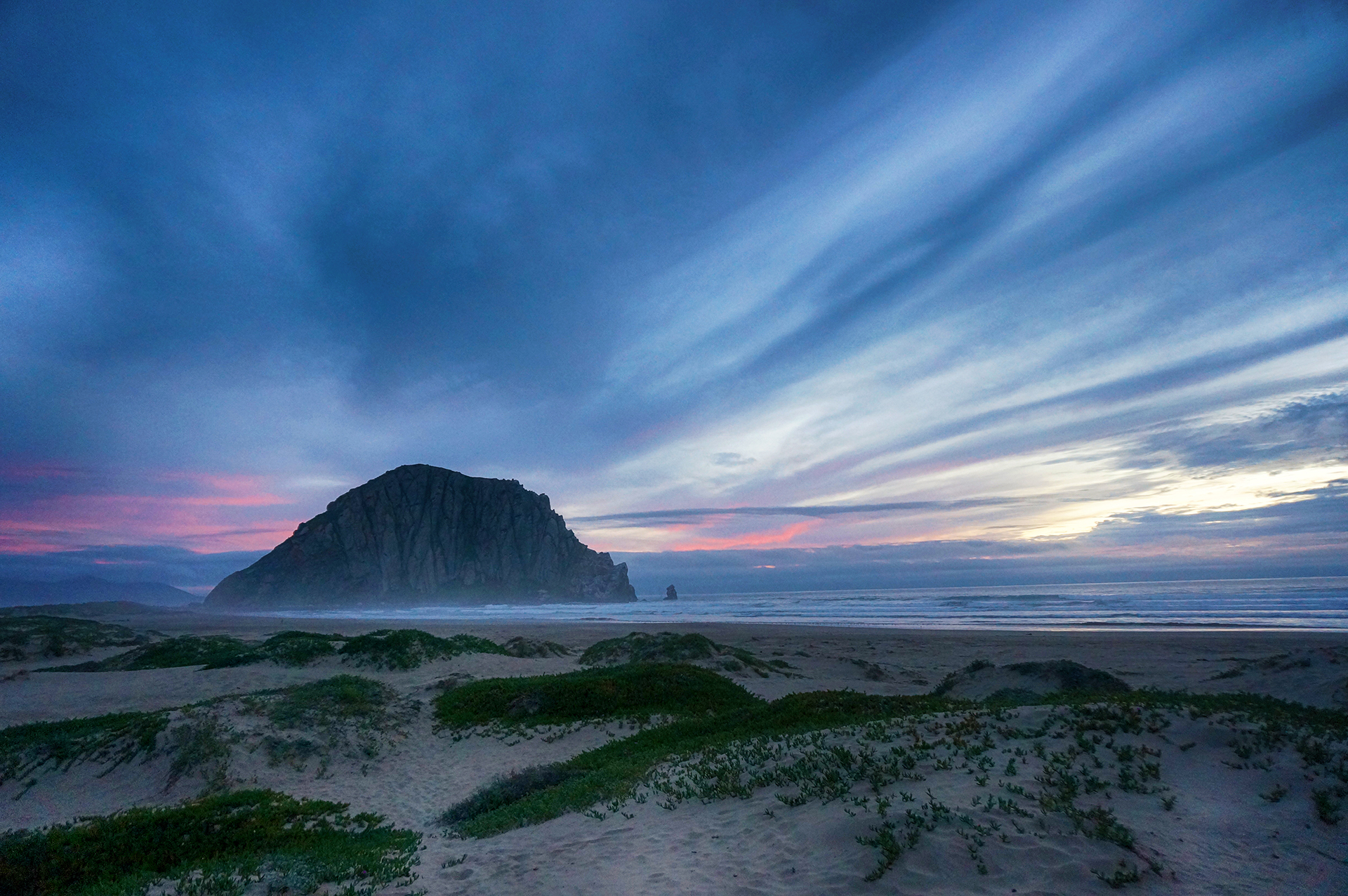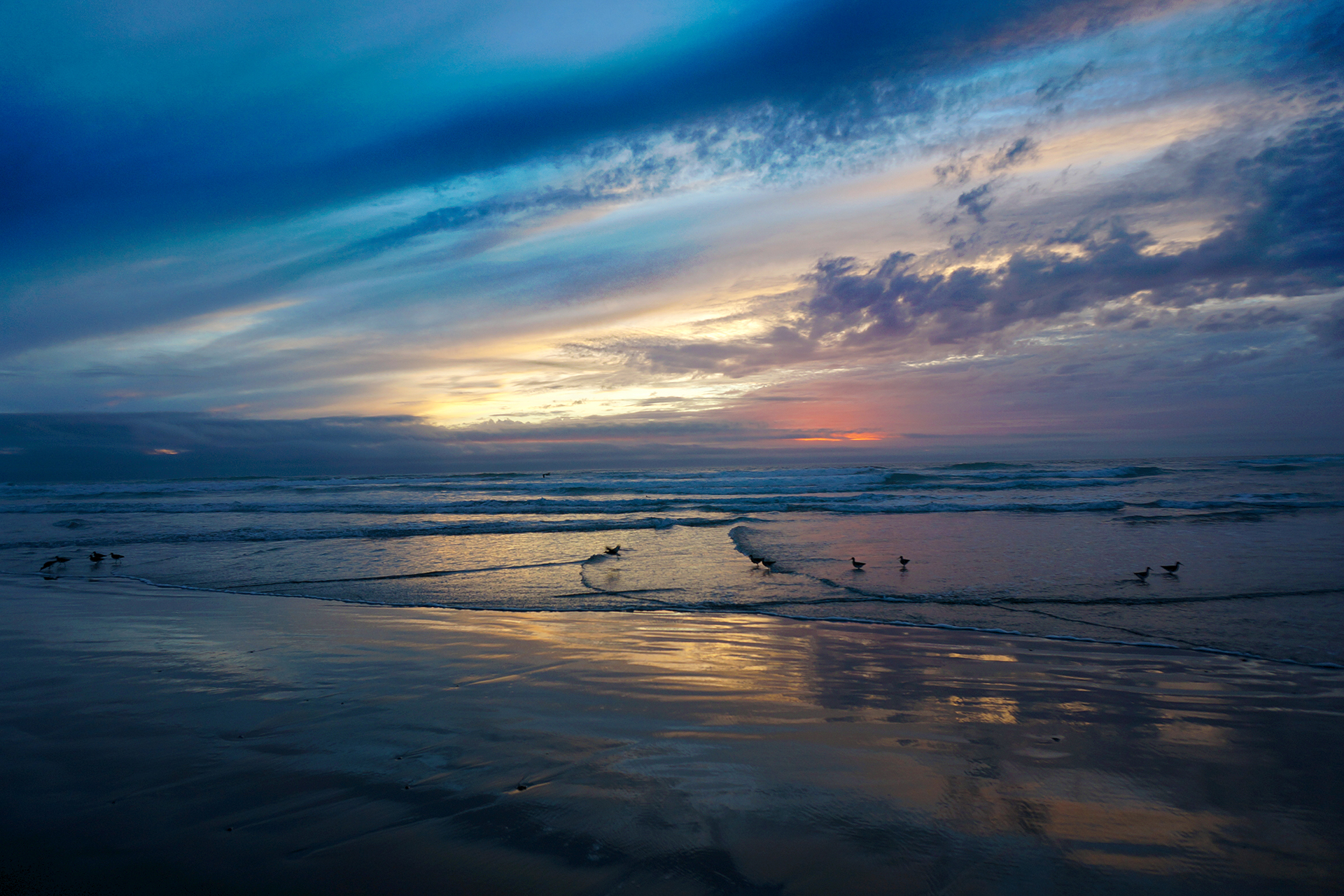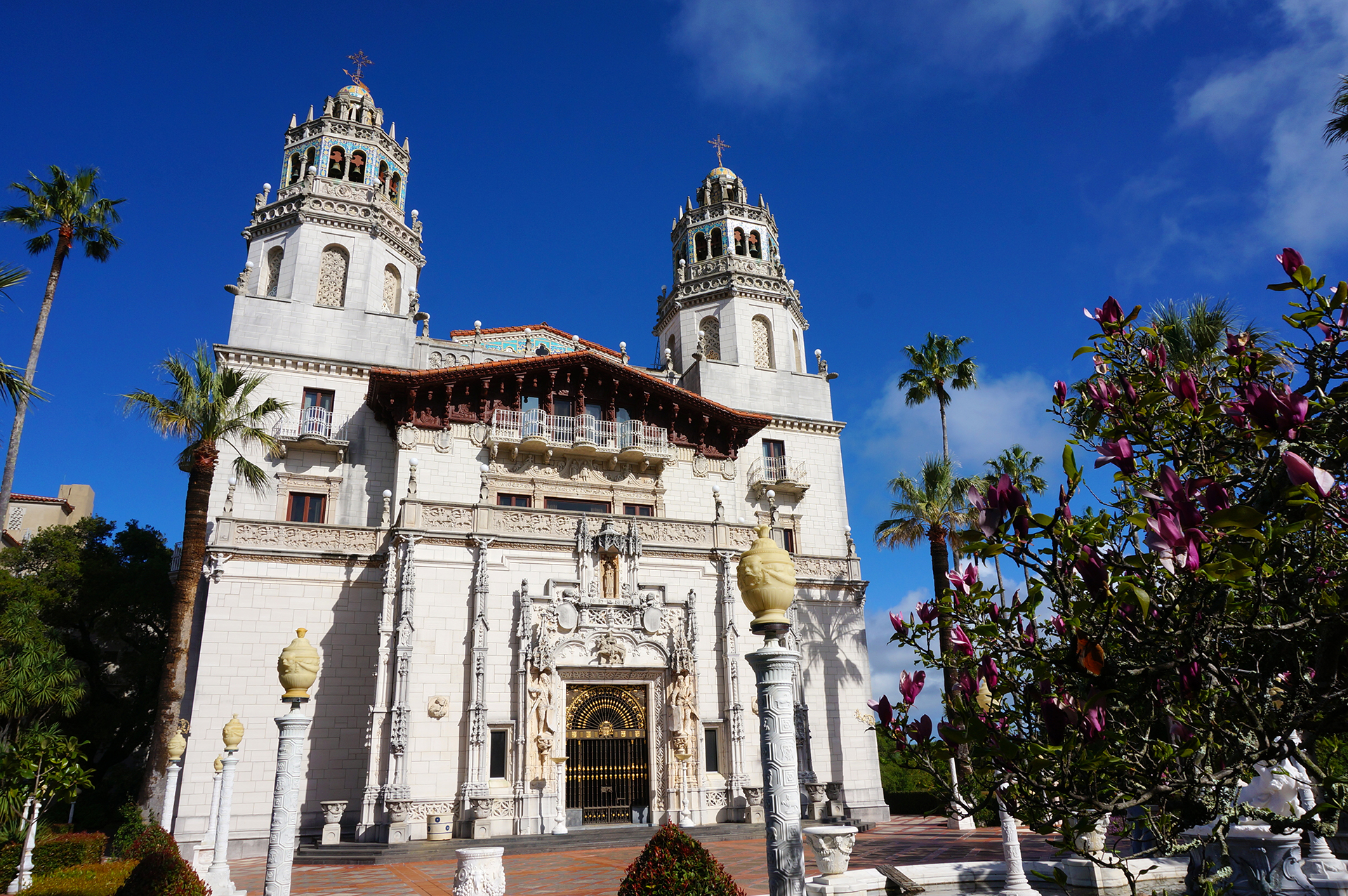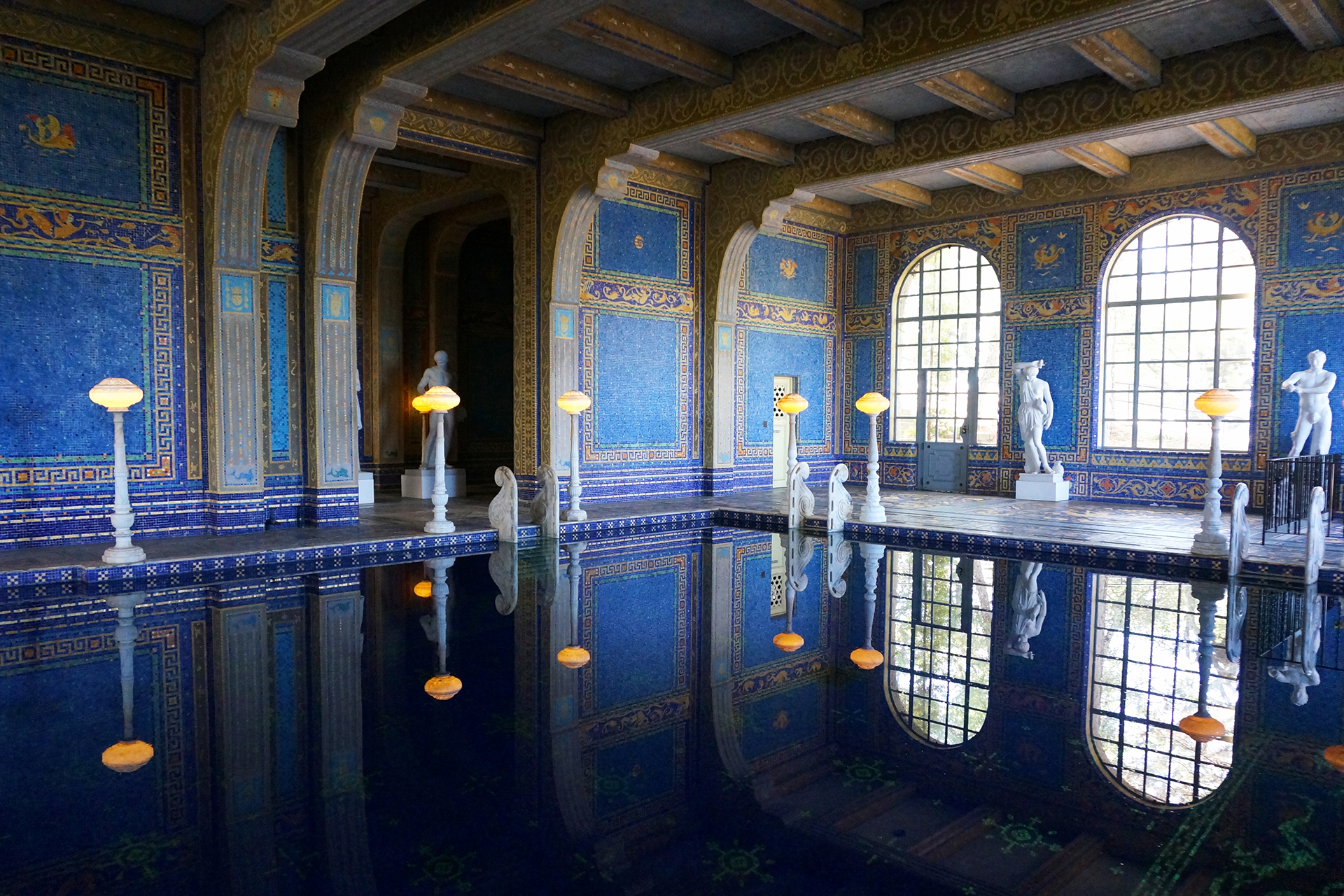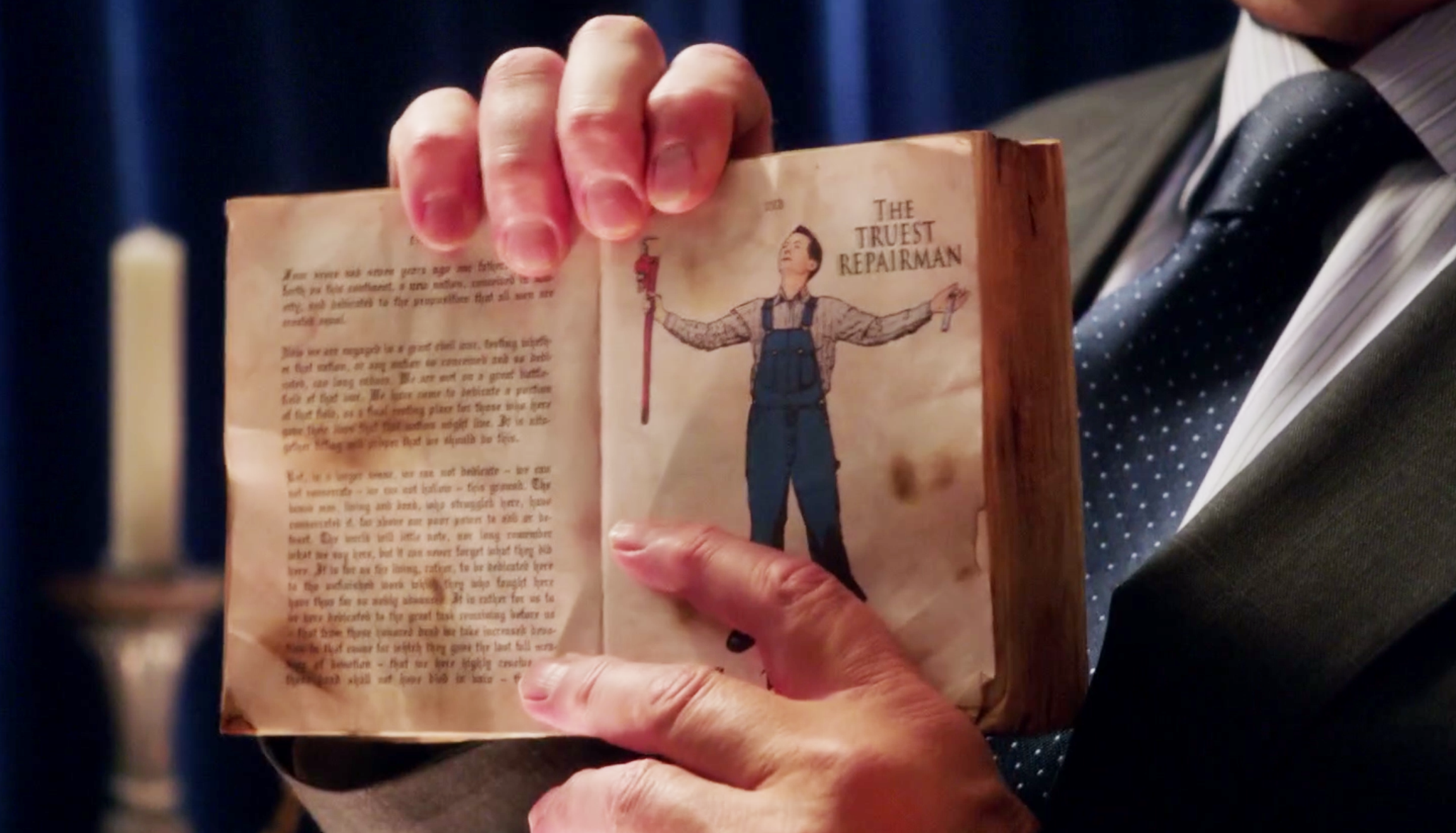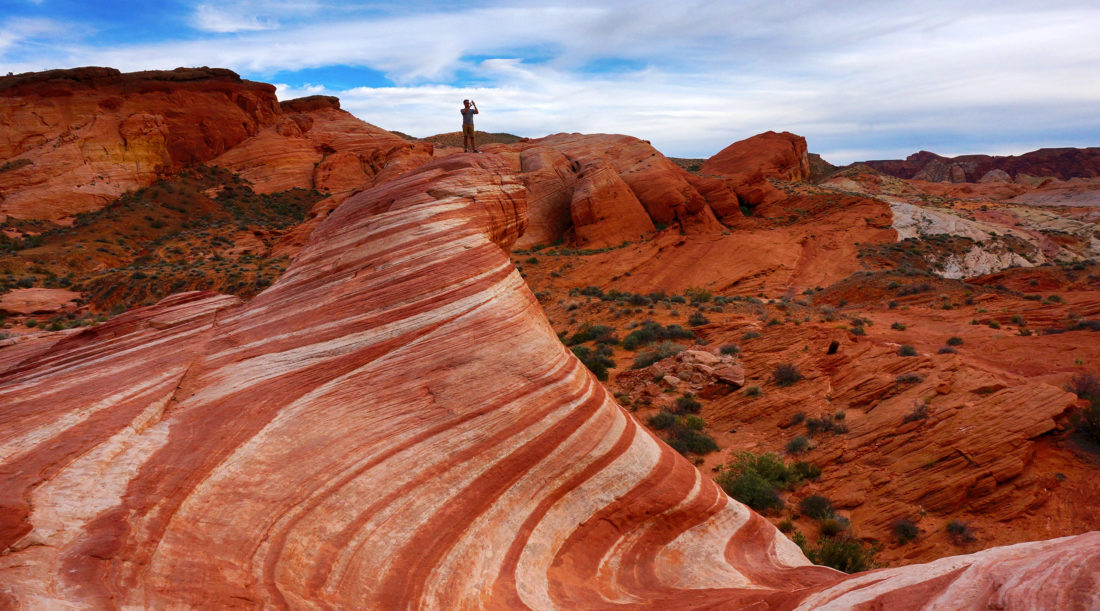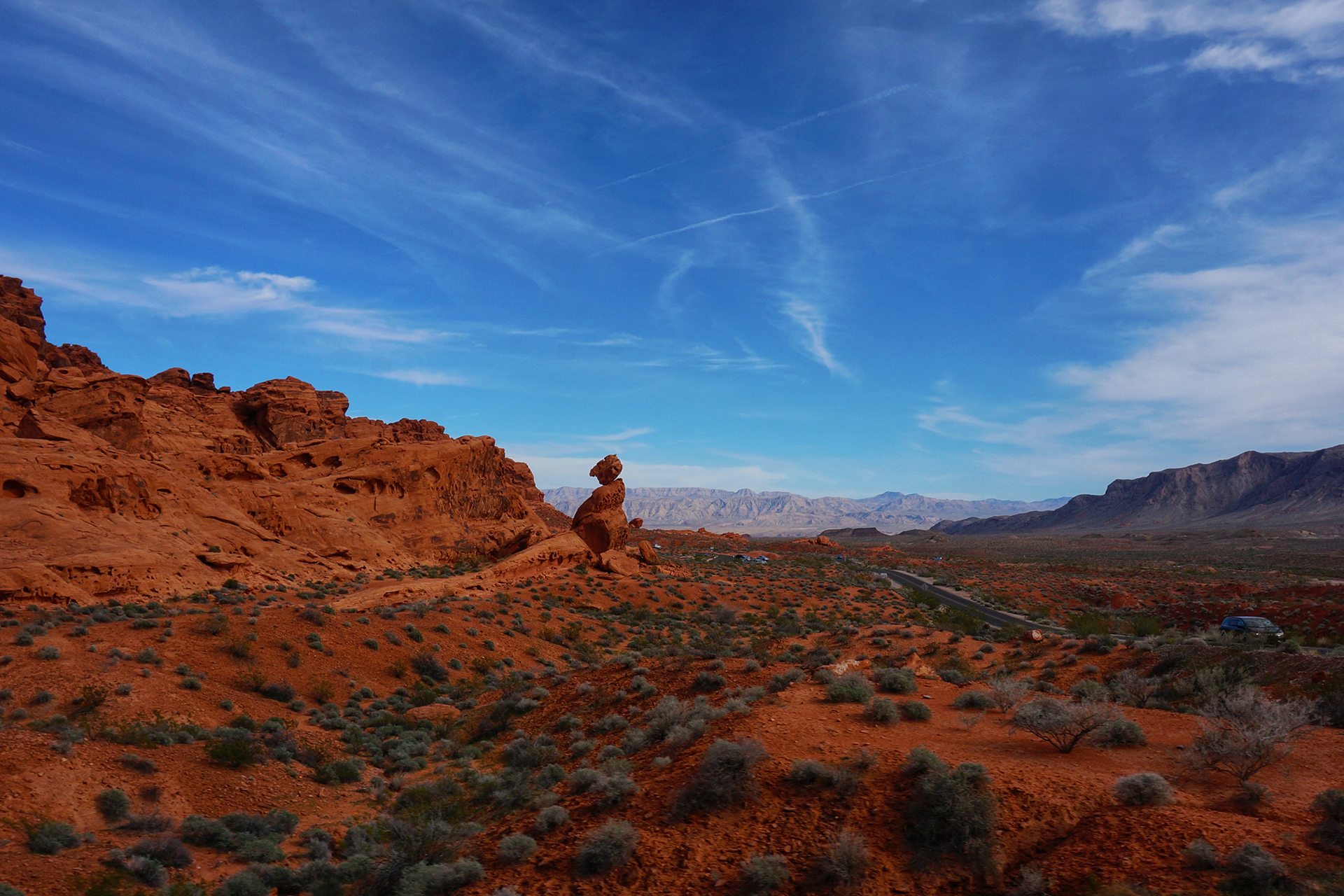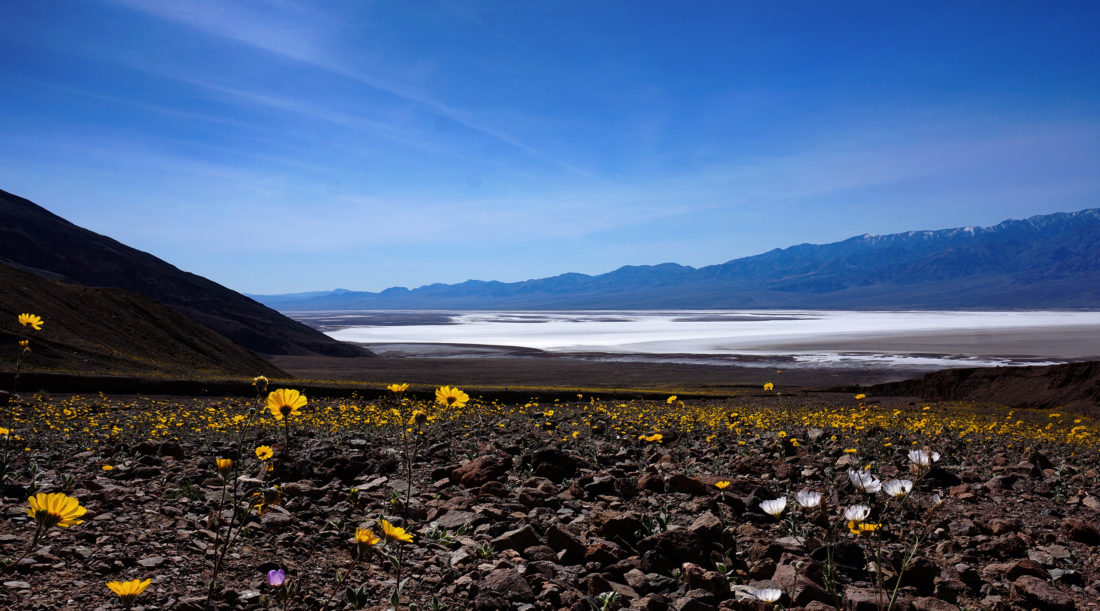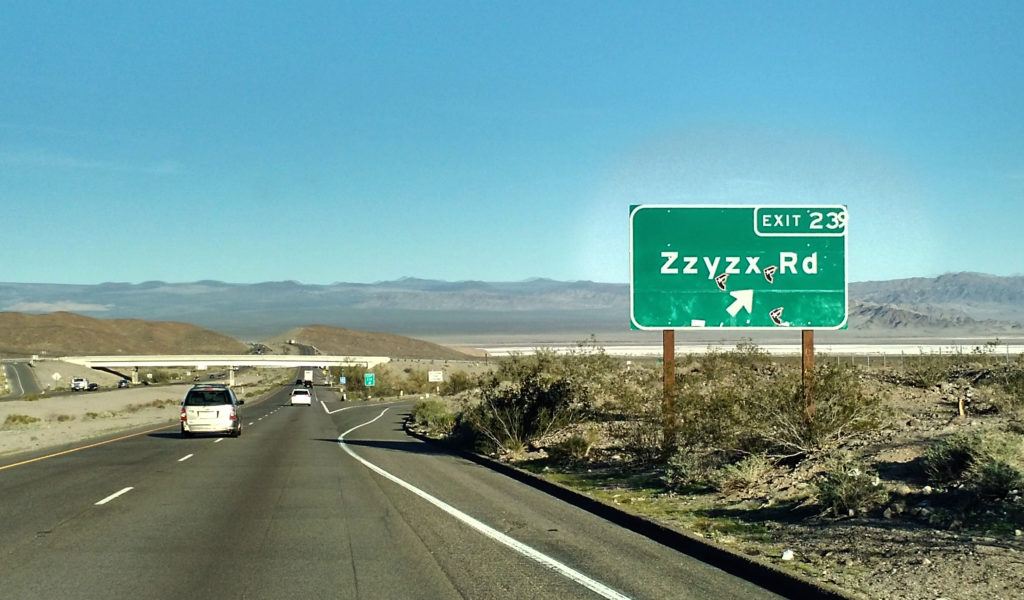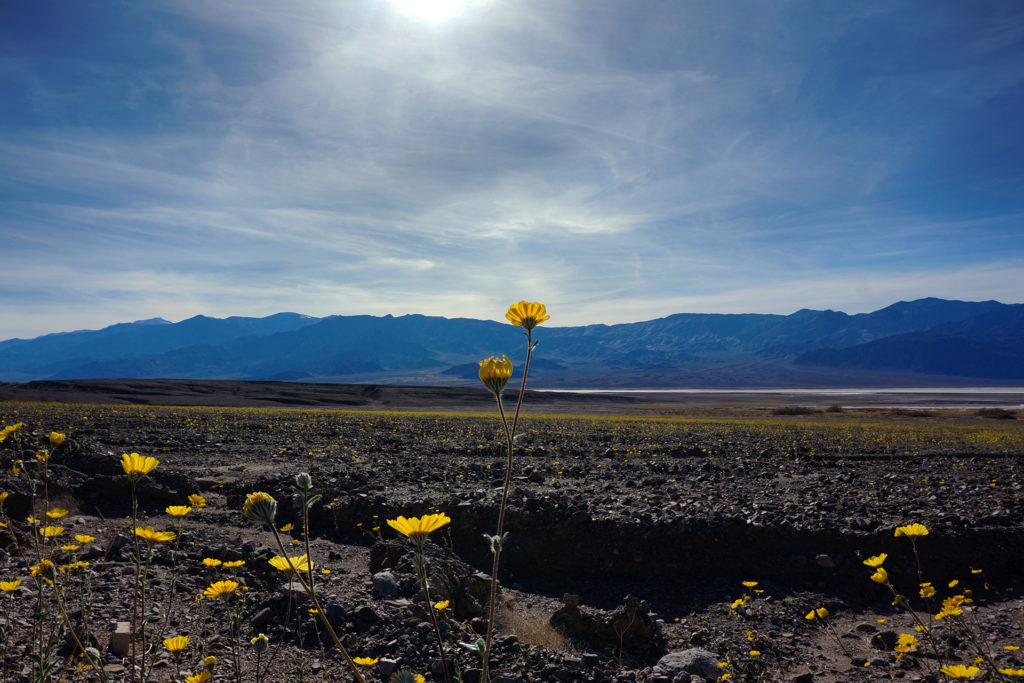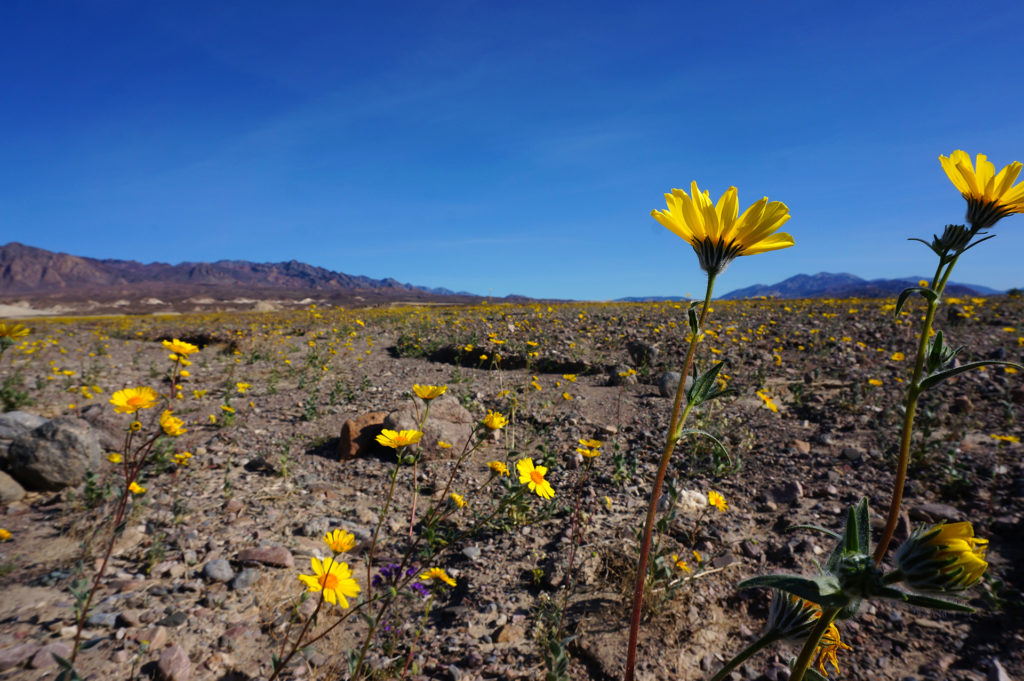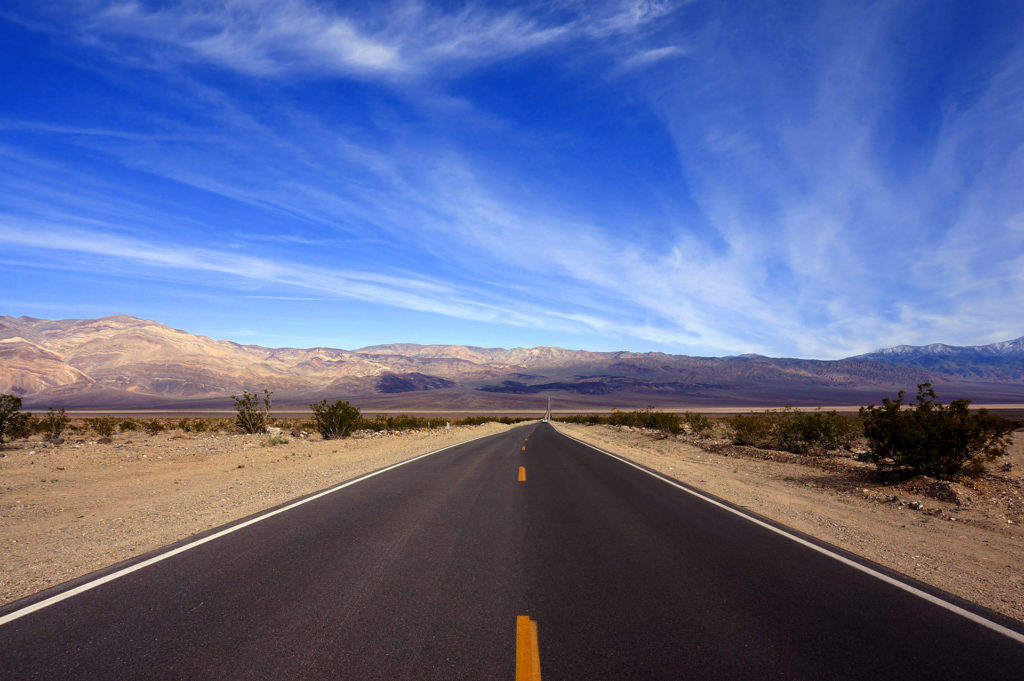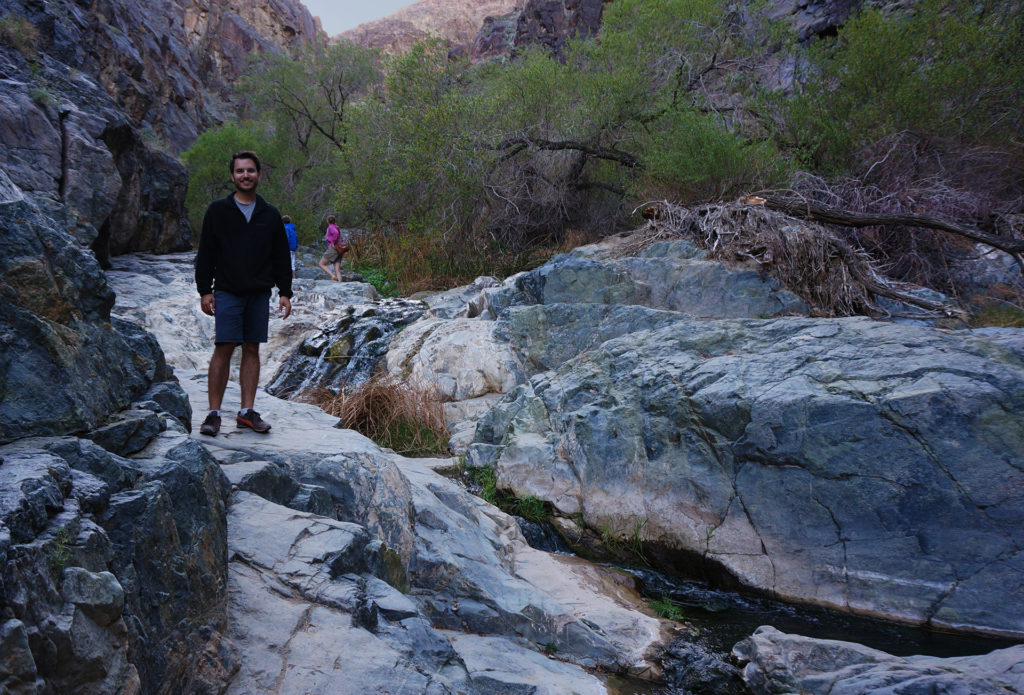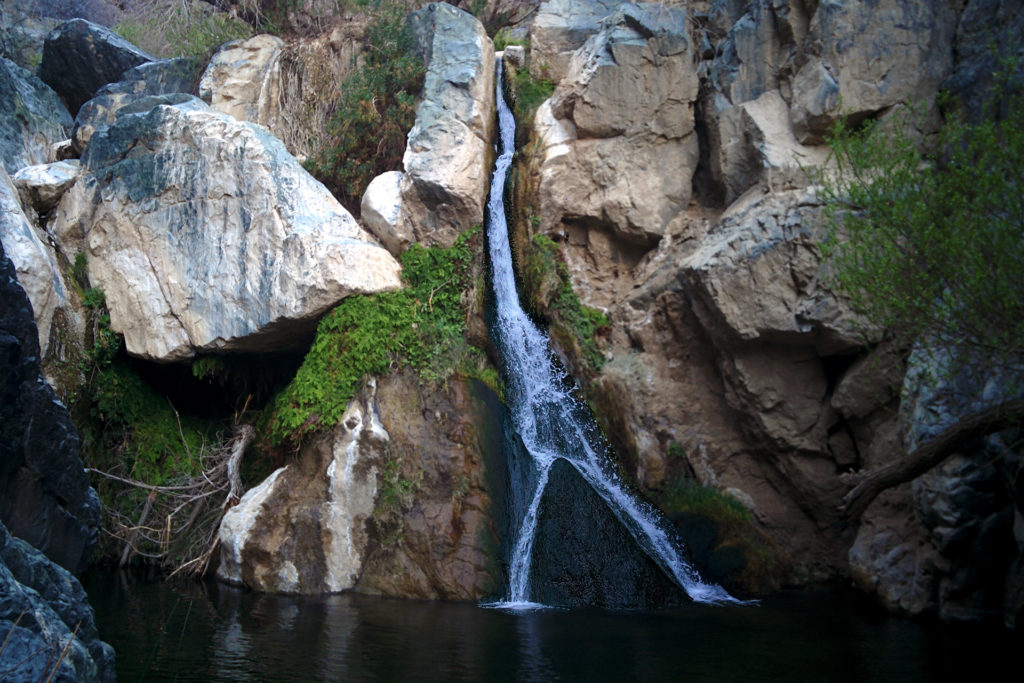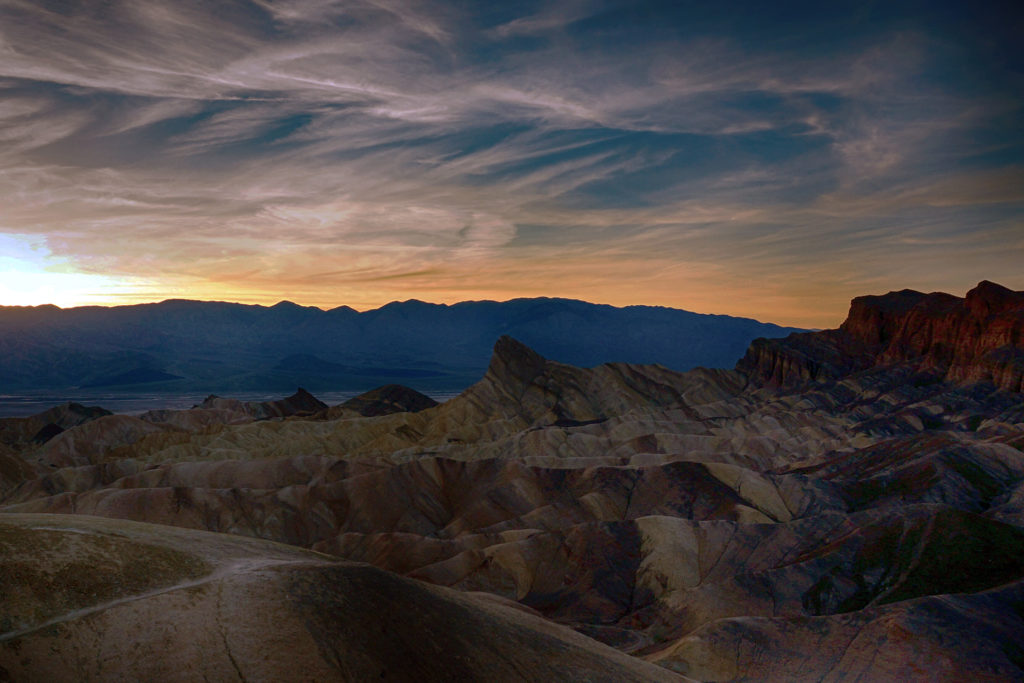Week 39: Yosemite National Park
After eating our way through San Francisco, we headed back to nature to walk a few pounds off. Southeast of San Francisco is the famous Yosemite National Park, and we visited for two days in late March. Although much of the park was still closed due to snow, we loved it there – once we got away from the crowds.
Intro to Yosemite
For anyone that hasn’t been there, Yosemite was one of the first national parks, and its beauty is staggering. Because of road closures, we spent most of our time in Yosemite Valley, a huge, impossibly lush valley that sits between towering cliffs. It looks a little like something from the Land Before Time movies, and everything about it is spectacular.
El Capitan, near the entrance to the valley, is a sheer, 3000 foot high cliff. Half-Dome, seen in many of our photos, outdoes that with an incredible 4,800 foot rise from the valley floor.
But it’s not all cliffs – Yosemite has a higher concentration of large waterfalls than any other place on earth. Or rather, sometimes it’s both; Yosemite Falls is the highest waterfall in North America and it has a 2,400 foot drop (in three stages).
We’re Gonna Need a Bigger Camera
Yosemite is also known for its groves of giant sequoias. Sequoias are not just the largest trees, they are the largest single organisms by volume, anywhere in the world. They are incredibly huge, and they live for thousands of years. In fact, giant sequoias are so badass, they release their (surprisingly tiny) pine cones only during forest fires – which they then survive easily.
Unfortunately, sequoias only grow in a thin strip of the Sierra Nevada mountains. Like their taller but more slender cousins the coastal redwoods, very few are left due to logging activity, and all known trees are protected by state and national parks.
Sadly, the 200+ sequoias at Mariposa Grove at Yosemite are off-limits for all of 2016 due to restoration efforts. We therefore hiked down to another grove, which has only 25 sequoias. A little disappointing, but we were awed by the few we saw anyway.
Trip to the Top
Yosemite’s most famous hike is the notoriously brutal Half-Dome, but that was closed for the season. We’re not sure whether we would have tried it, but in any event, we ended up on another legendarily difficult hike: The Upper Falls trail. This hike climbs to the top of Yosemite Falls (pictured below), rising up 2,700 feet in just 3.5 miles via an unending, unrelenting series of switchbacks over loose, rocky terrain.
Friends, the scenery was incredible, but this was the toughest hike we’ve ever done.
We’re still not sure how we made it up, but we did. Once we reached the top, we walked down to the viewing platform near the falls, which requires a slightly terrifying walk along a narrow, extremely windy ledge holding only onto a pipe railing. To be honest, the small and unsatisfying viewing platform, combined with the wind, may not have been worth it.
Gluttons for punishment (and maybe delusional from endorphins), we then somehow decided to do a “slight” extension to our hike by heading up to Yosemite Point (it’s the cliff in the upper left of the photo below).
Only a half-mile each way, we didn’t realize this would entail walking further up a mountain through giant melting snowfields, the trail utterly lost beneath the snow.
While hiking in the snow was challenging, it was pretty fun, especially since it was warm out. We tossed a few snowballs around, and it didn’t even occur to us that we were hiking next to, then above, the rapidly flowing river that becomes Yosemite Falls.
Even though we lost the trail a few times, our hike to Yosemite Point was well worth it. The views were spectacular, and almost no one else was around.
The way back down, however, was a different story. We did it gracefully, and definitely not by sliding on our butts down the hill and getting snow in every crack and crevice.
Definitely not.
From there, it was still another 5+ miles back to our car. Although it was downhill, hiking at this point was truly exhausting, and our feet and knees were screaming by the end. Plus, Jake drank a full three liters of water on our climb, and there were no bathrooms or private spaces on the trail, so… he was very motivated to reach the bottom. Heather stopped to take a few photos of the valley and check out our fitbit stats, while Jake made a beeline to the facilities.
Crowding Around
Yosemite is amazing, but the unfortunate truth is that it is also very crowded. Even during March, with half the park closed, we encountered very long line at the entrance station. Inside the Valley itself, there were thousands of people at any given time. National parks are usually quiet, but Yosemite has its own federal courthouse inside the park.
We don’t mean to give the wrong impression – it’s great that so many people are out visiting such an awesome park. But we saw so much bad behavior as a result of the crowds, stuff like slamming on the brakes in the middle of a 45 mph roadway – with no warning – because something looks pretty. Or double- or even triple-parking in the closest parking lots, rather than walk 100 yards. At one point, we saw an obese person driving around in a motorized Rascal with a basket full of snacks (seriously).
Again – this was in March! If you visit, and you should, we definitely recommend you go during the off-season.
Prospecting For Jerks
While visiting Yosemite, we stayed in the small town of Mariposa, which is about 45 minutes away (and a gorgeous drive). Mariposa is cute, with a “prospector” shtick, based upon its days as a mining town. We stayed in the Mariposa Fairgrounds, which is basically a giant, empty grass field with power plugs.
We didn’t have much Internet, but everything was fine, until the biggest RV we have ever seen pulled in. So large, it was pulled by a tractor trailer cab! And… it parked right next to us. Despite the fact that we were the only other people in a 100+ yard empty grass field.
We thought that was annoying, but they topped it by pulling forward to unload their ATVs from the back of their RV. Instead of then reversing back into a spot, they ran extension cords out to their rig, which was now parked in the center of the field. So despite nobody else being around, they managed to find the only possible way to be uncomfortably close to us.
Amazing stuff.
Previous Post: Week 38: San Franciscan Days
Next Post: Week 40: Ye Olde Napa

